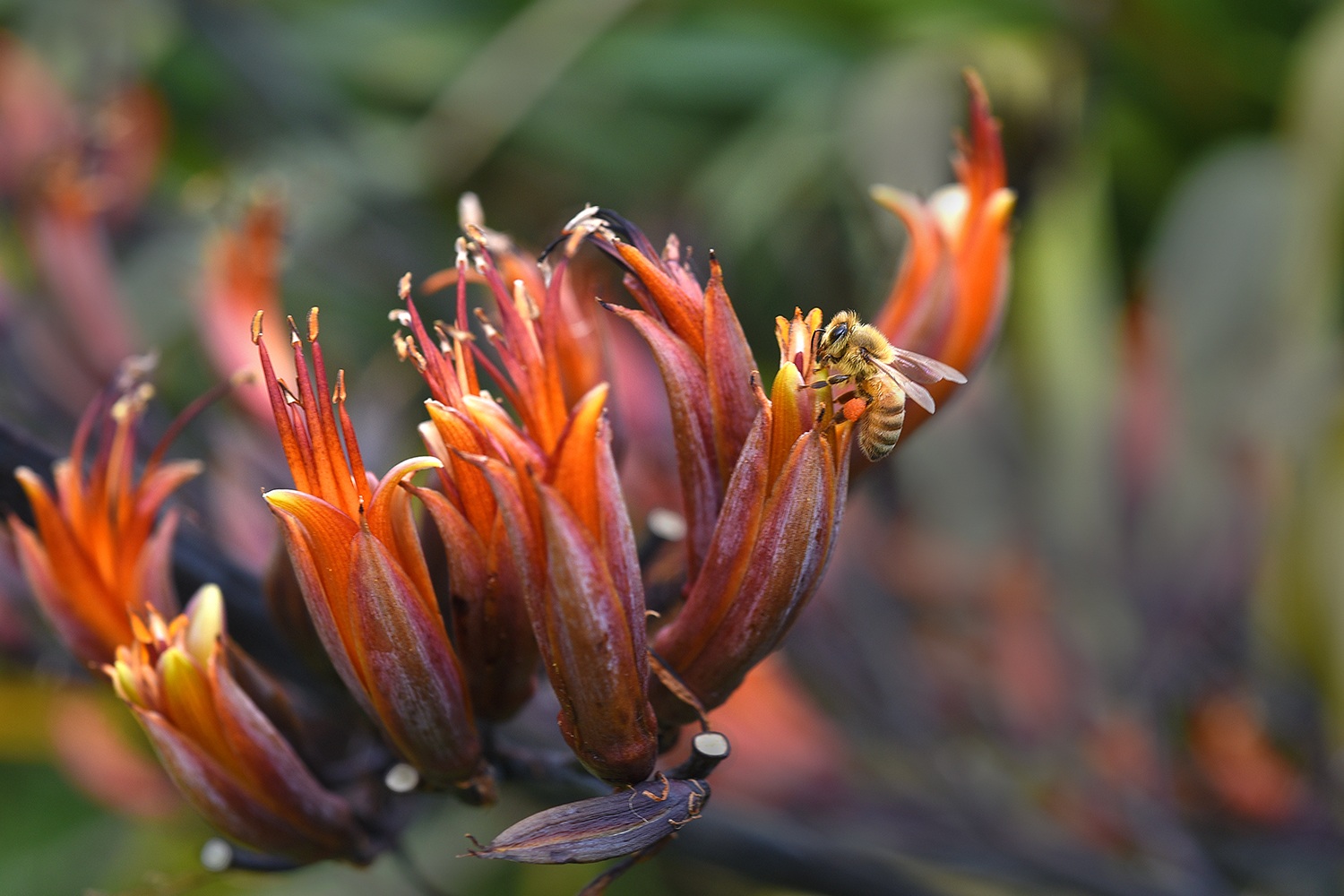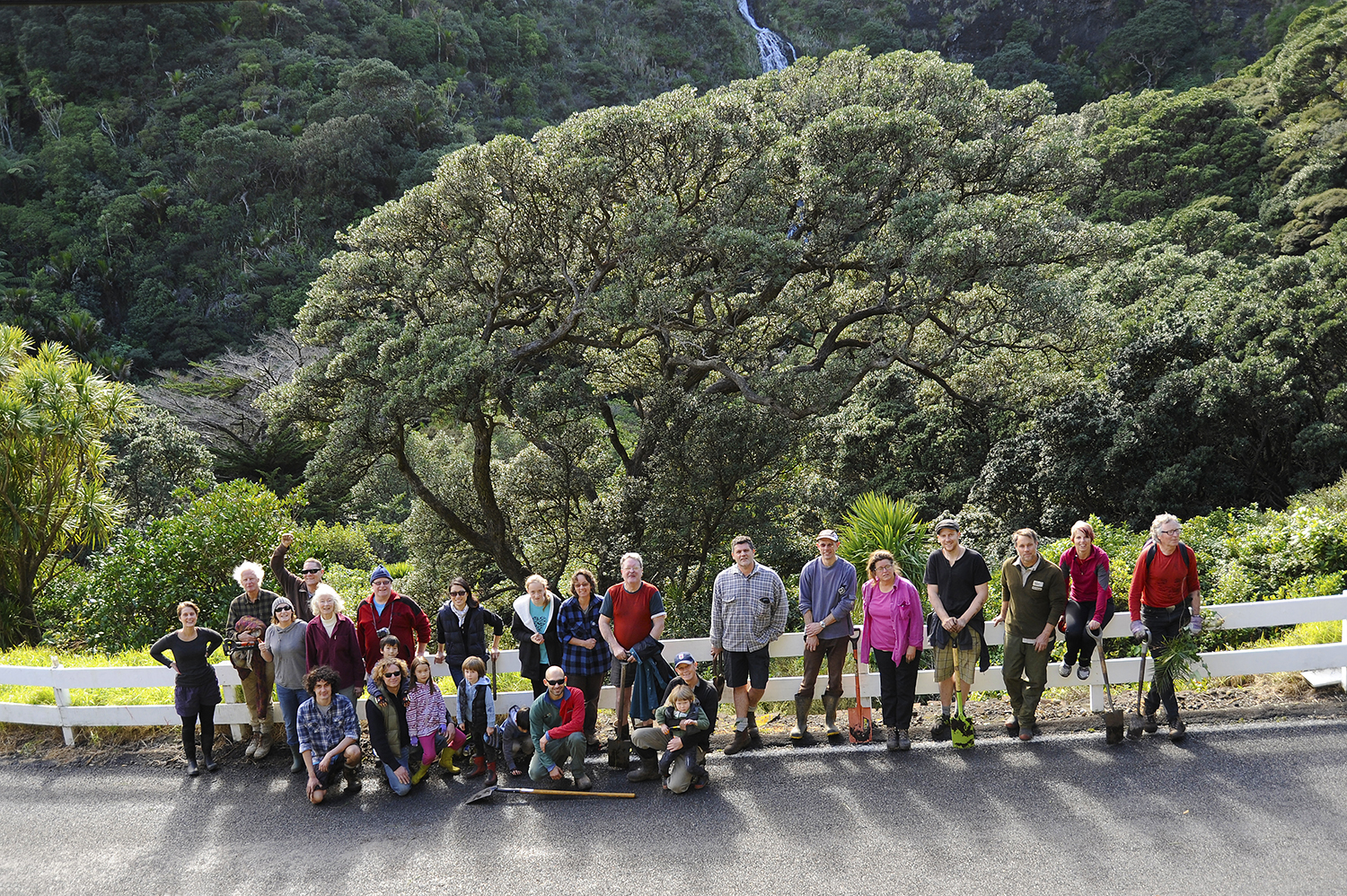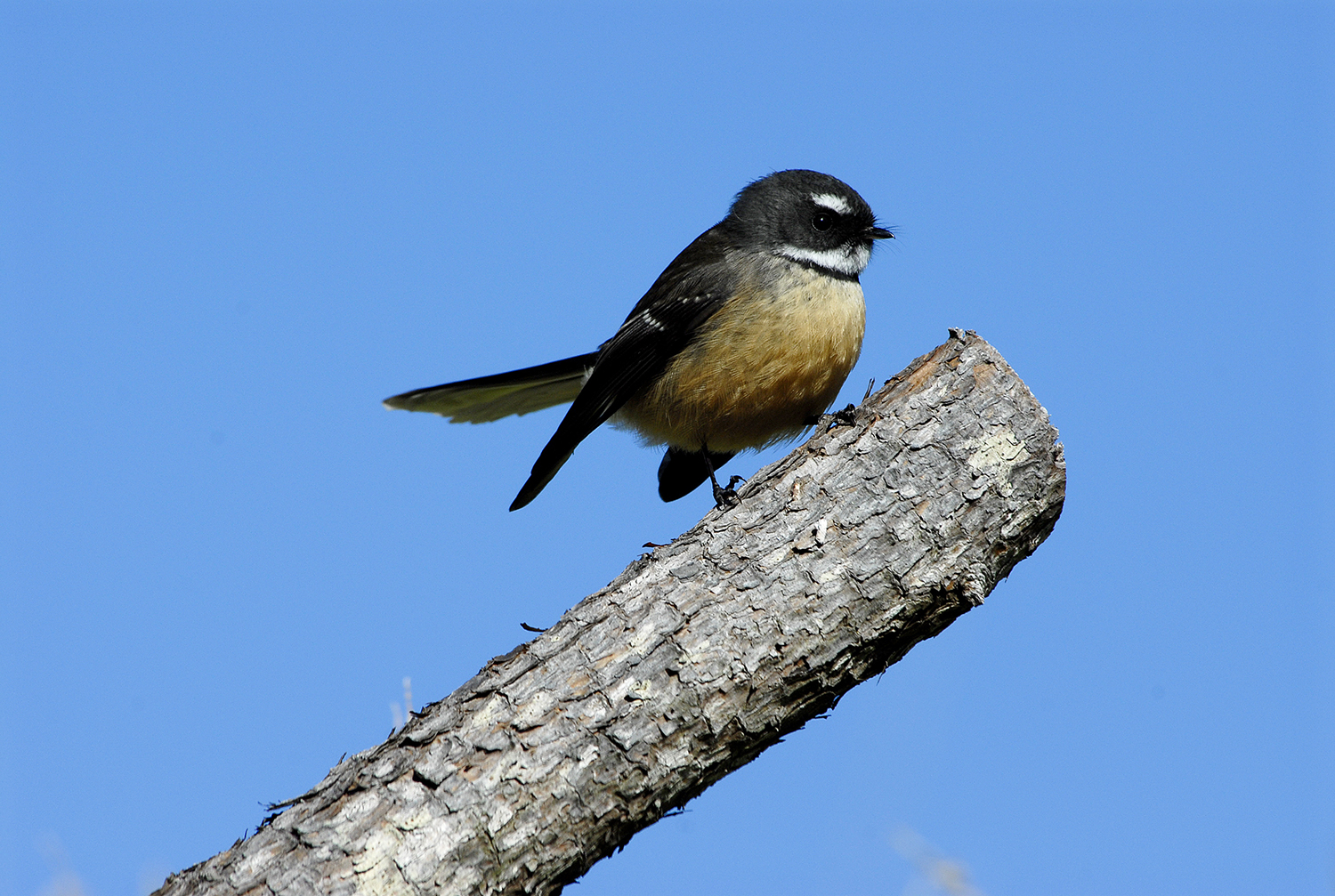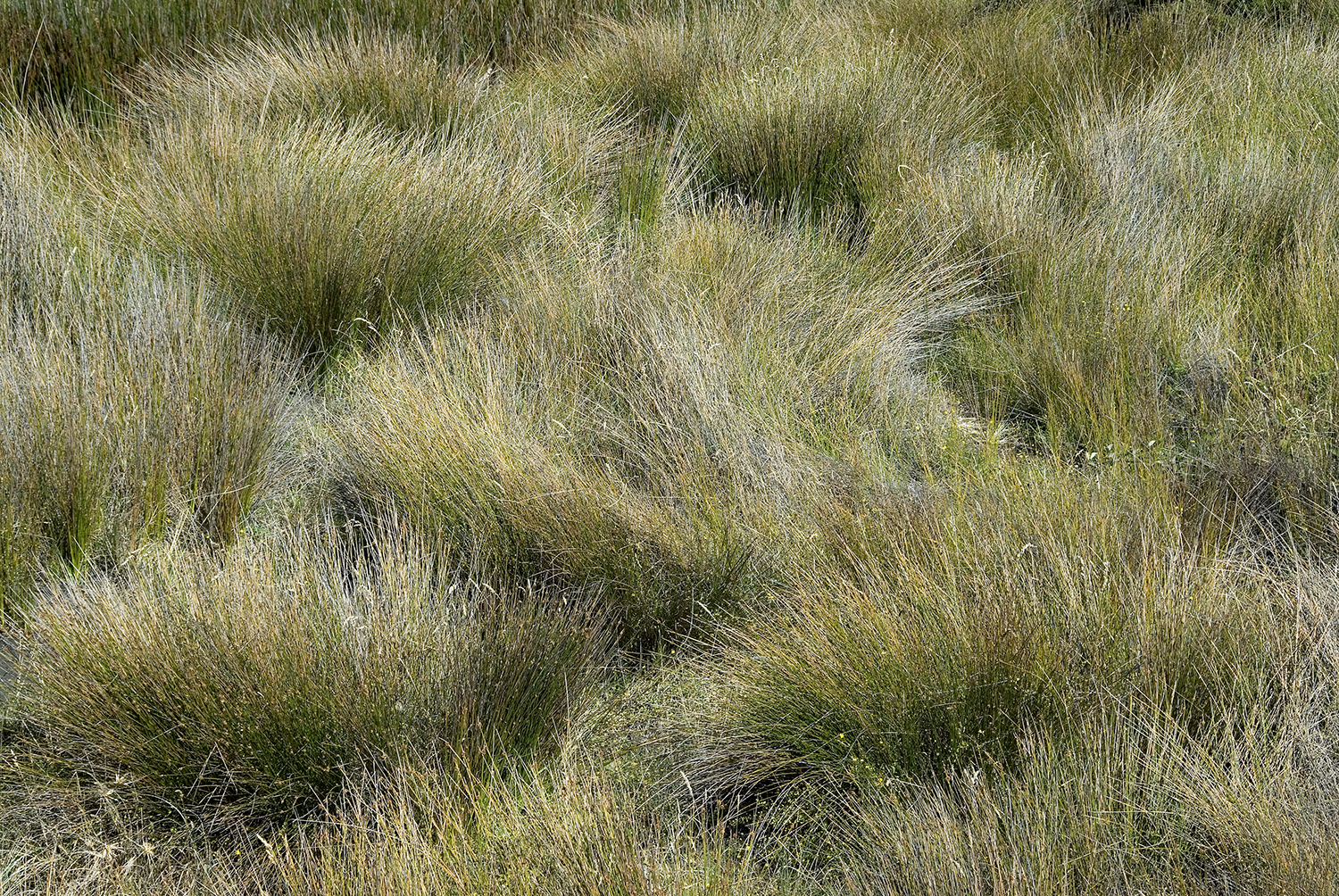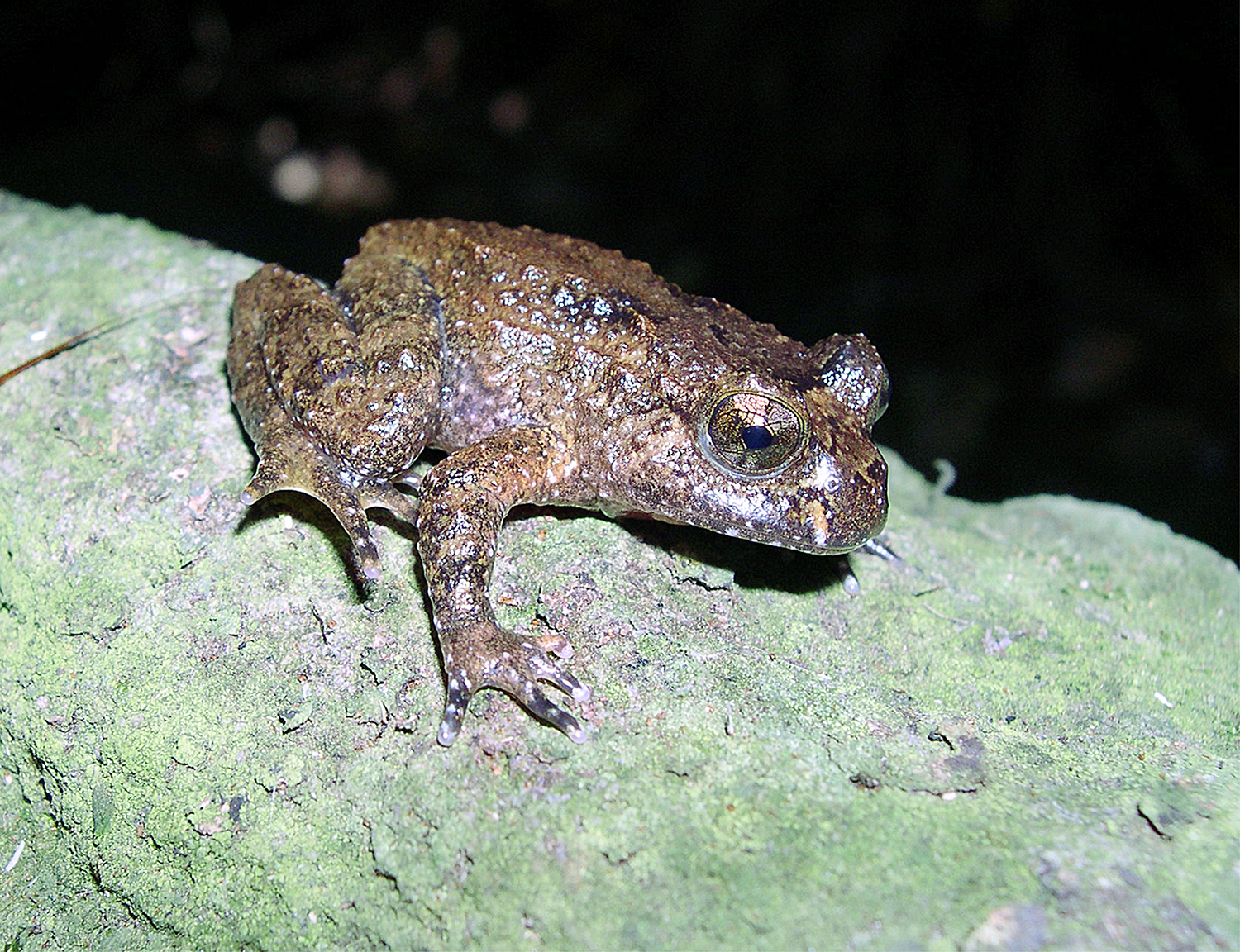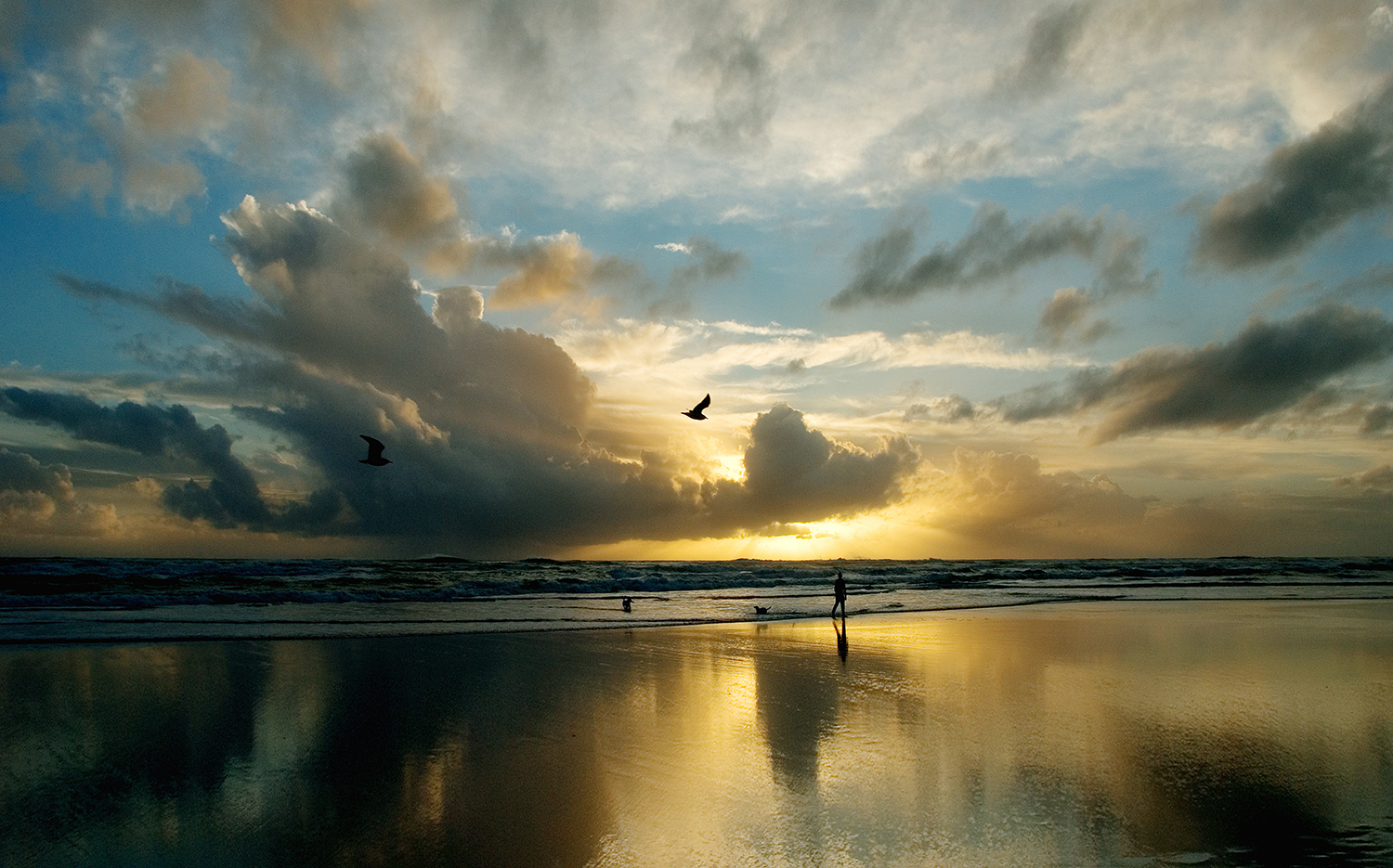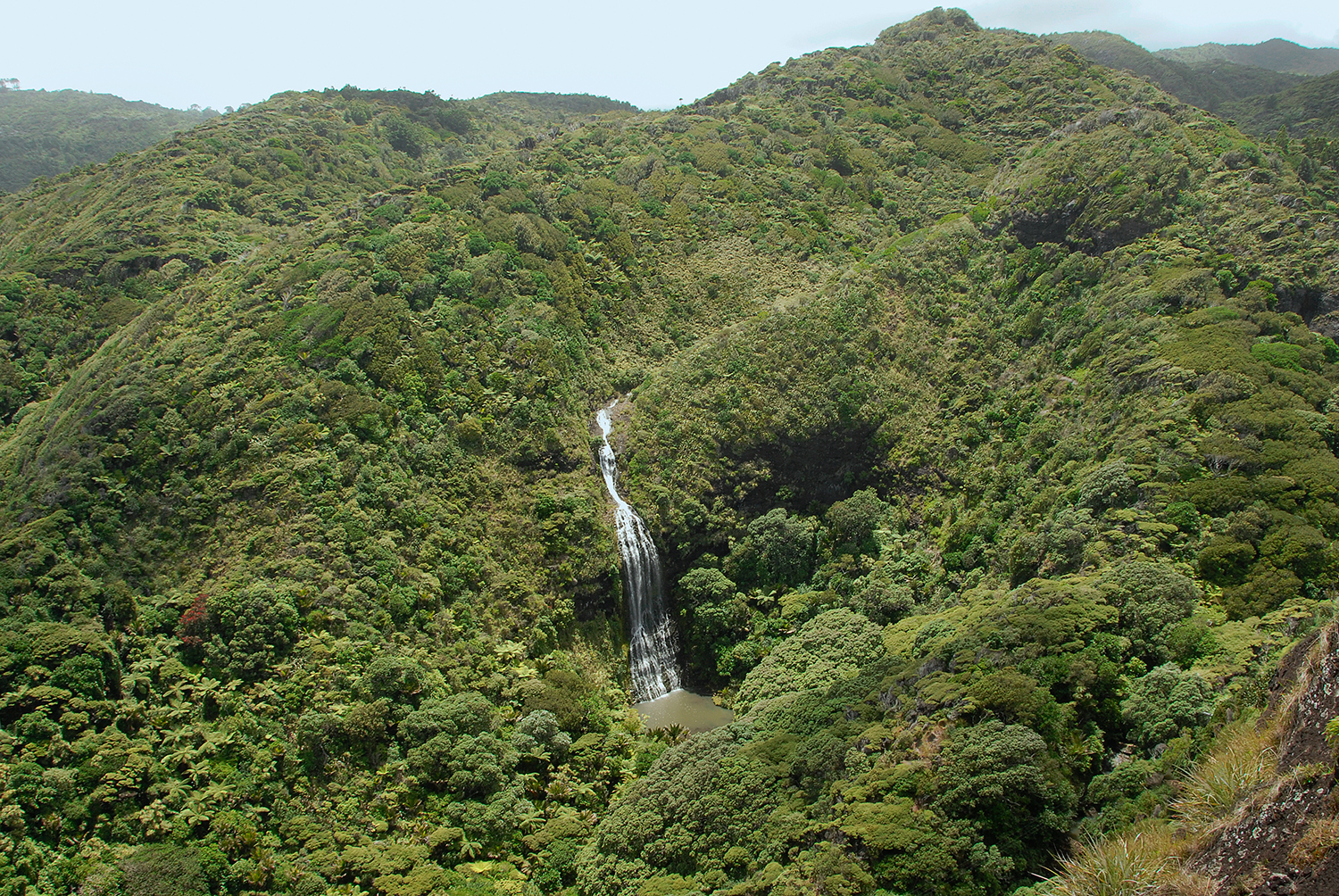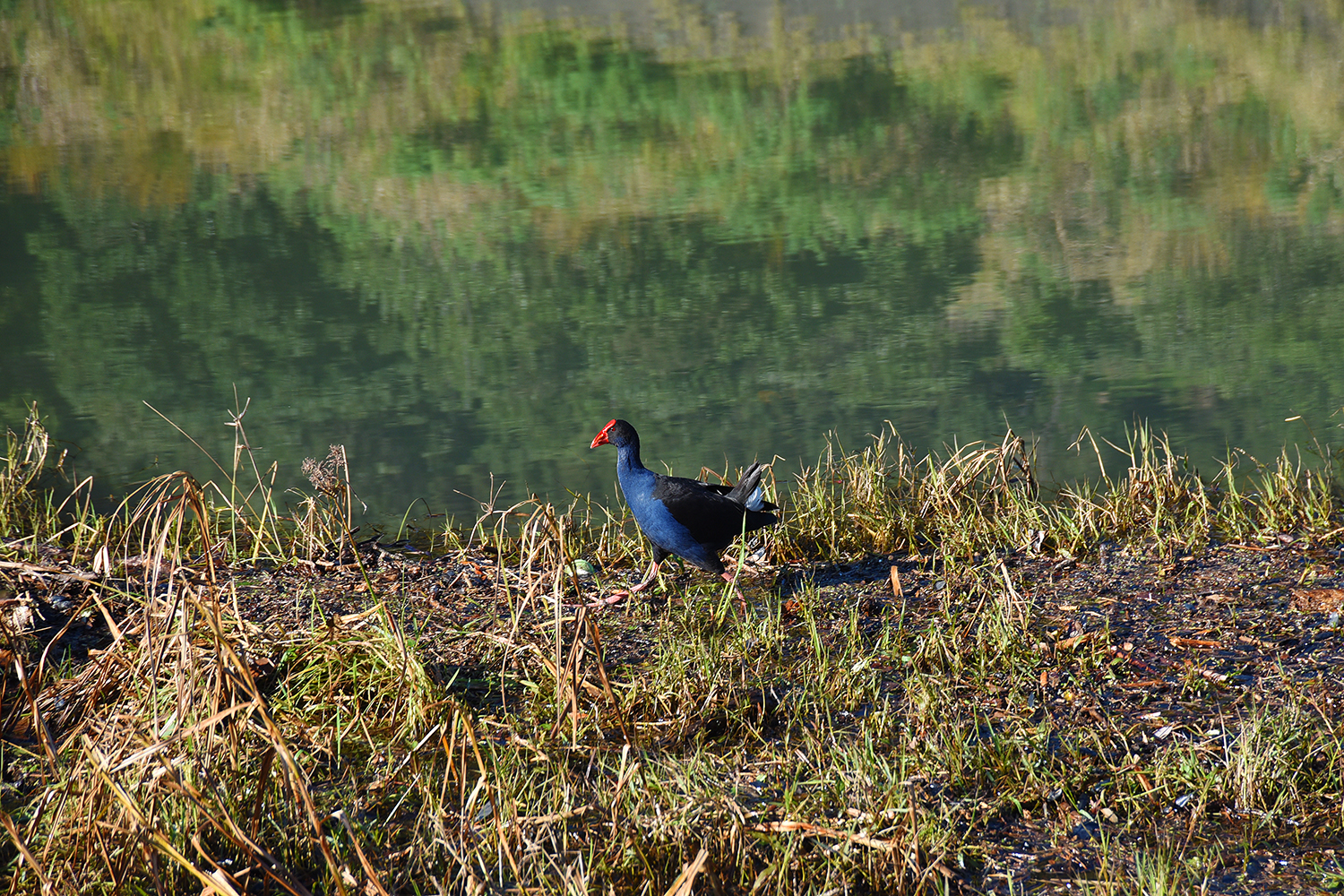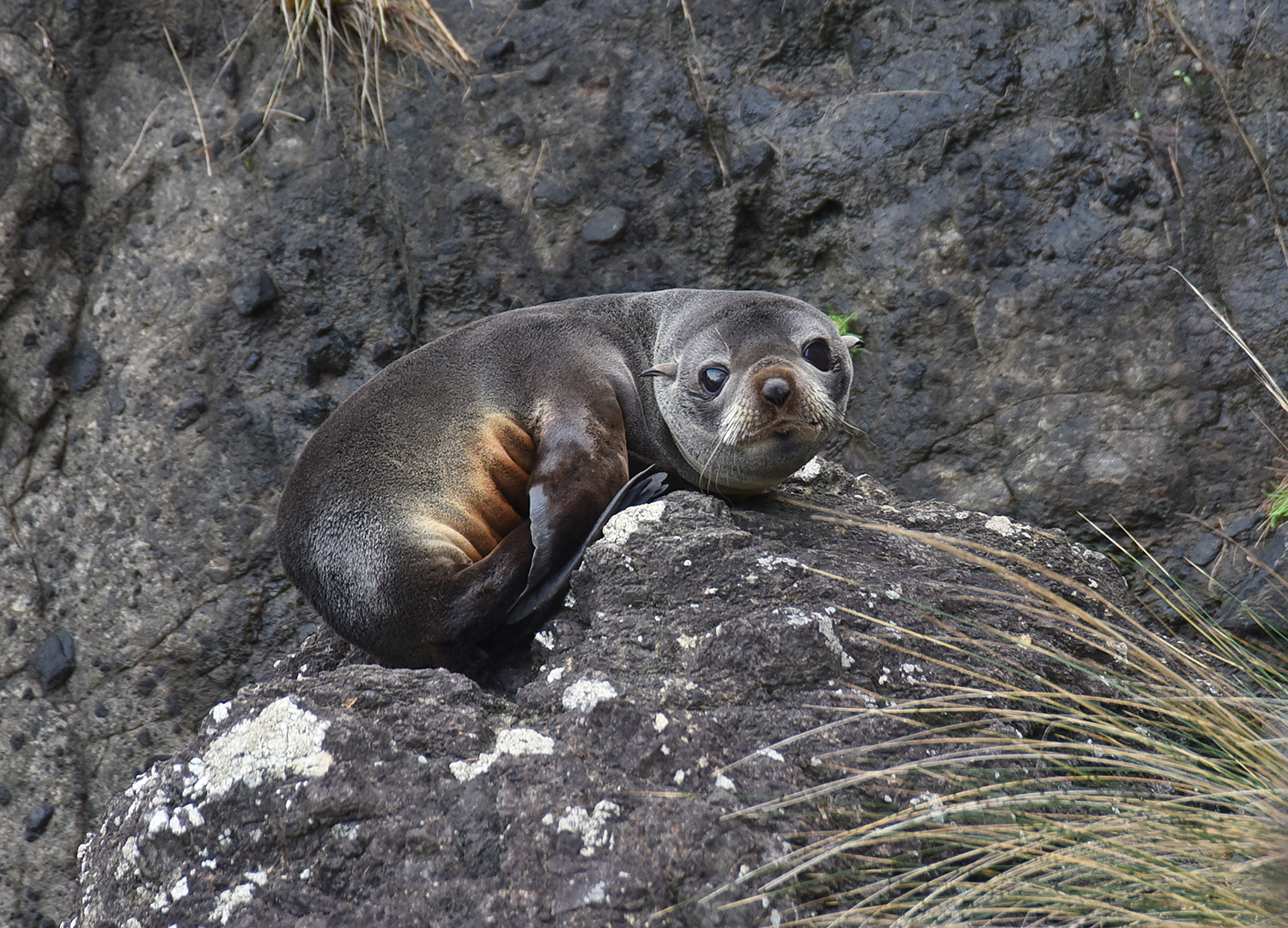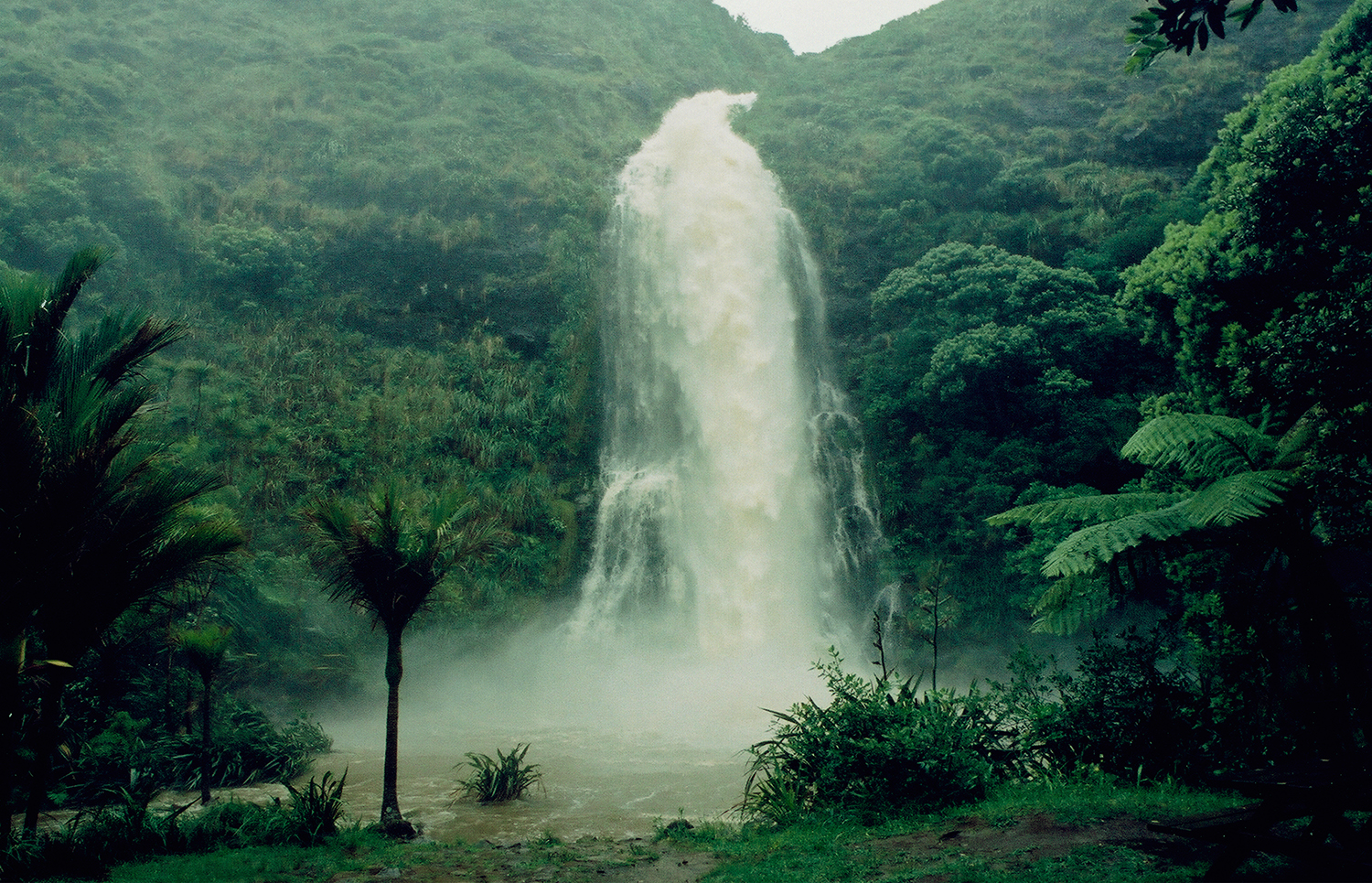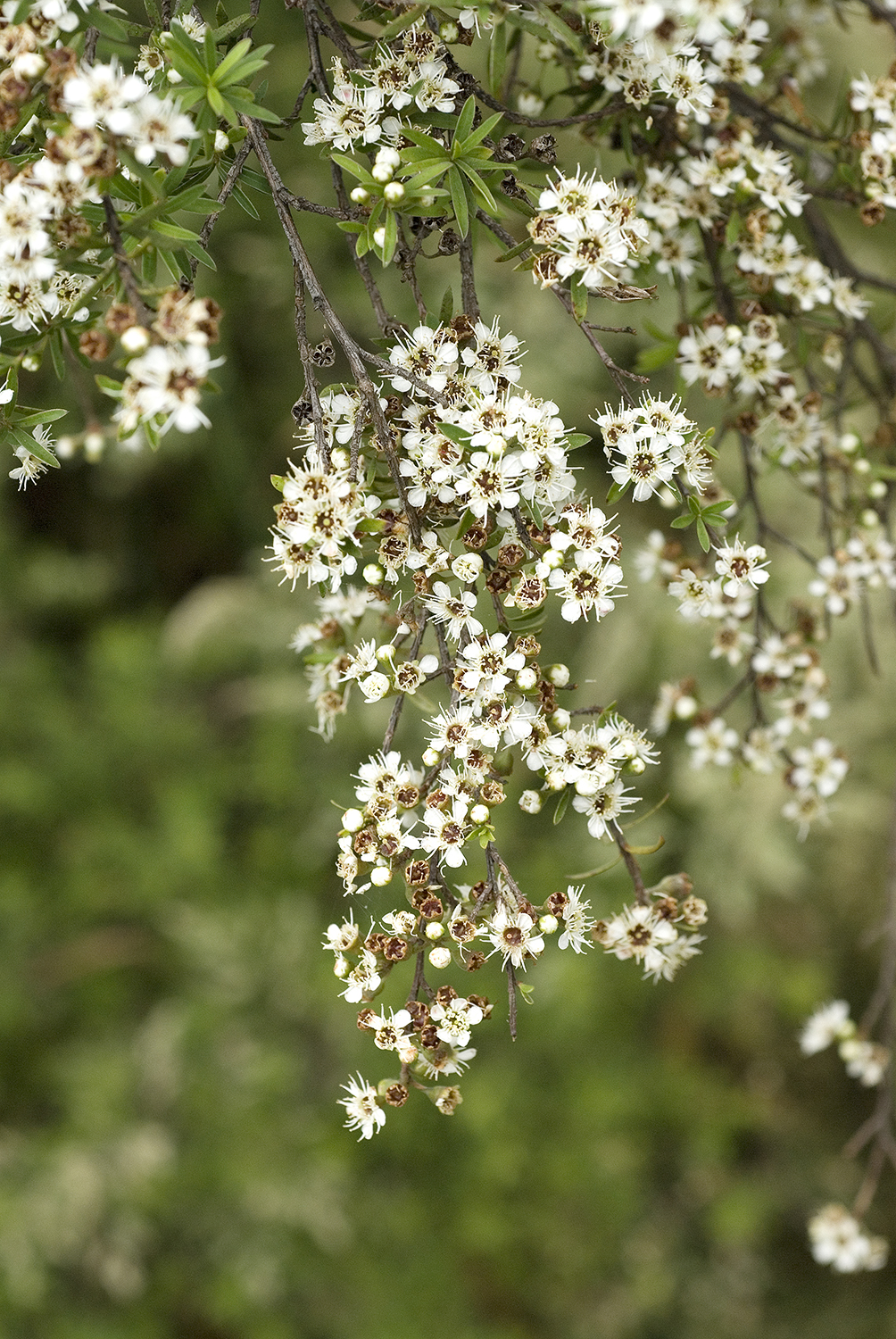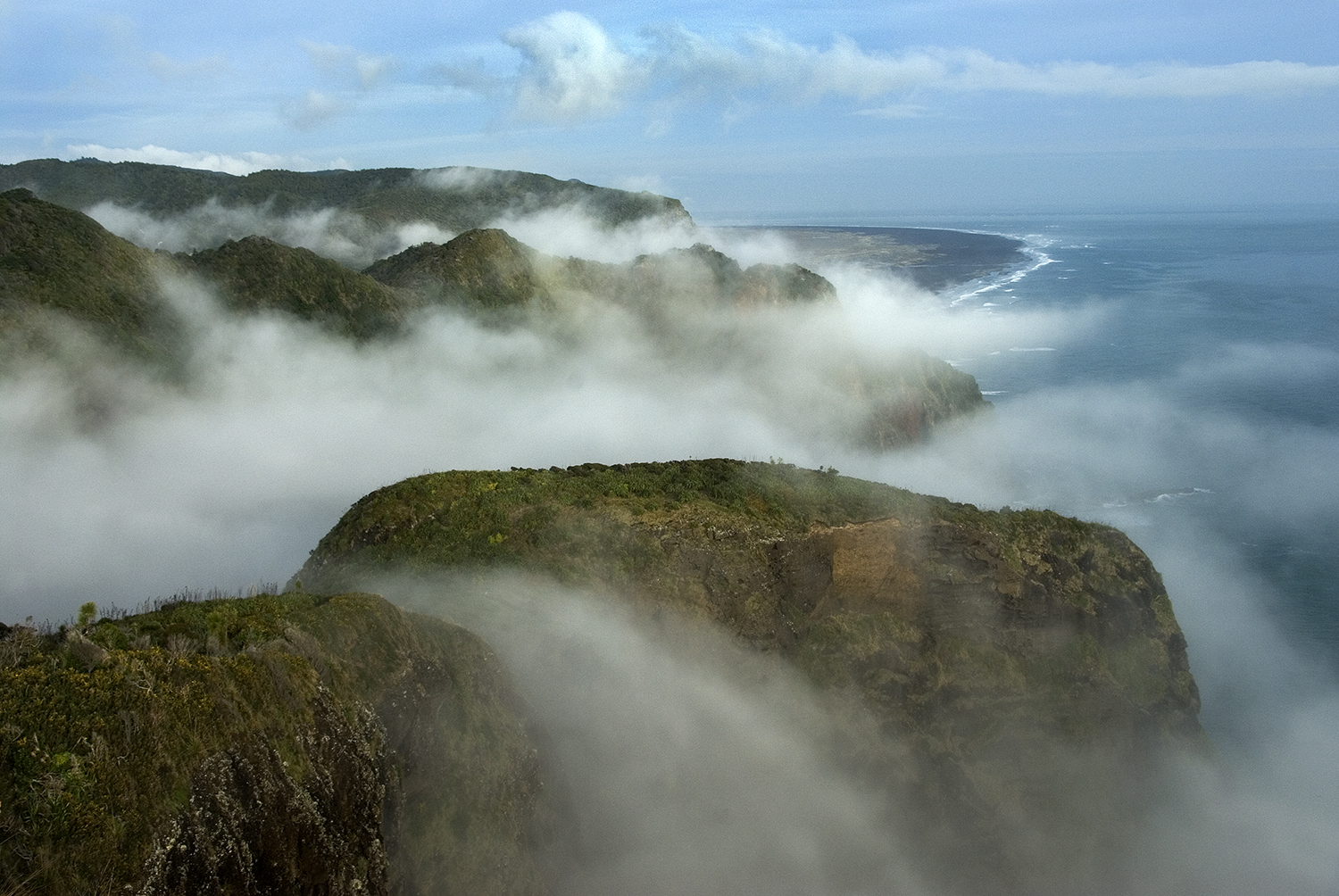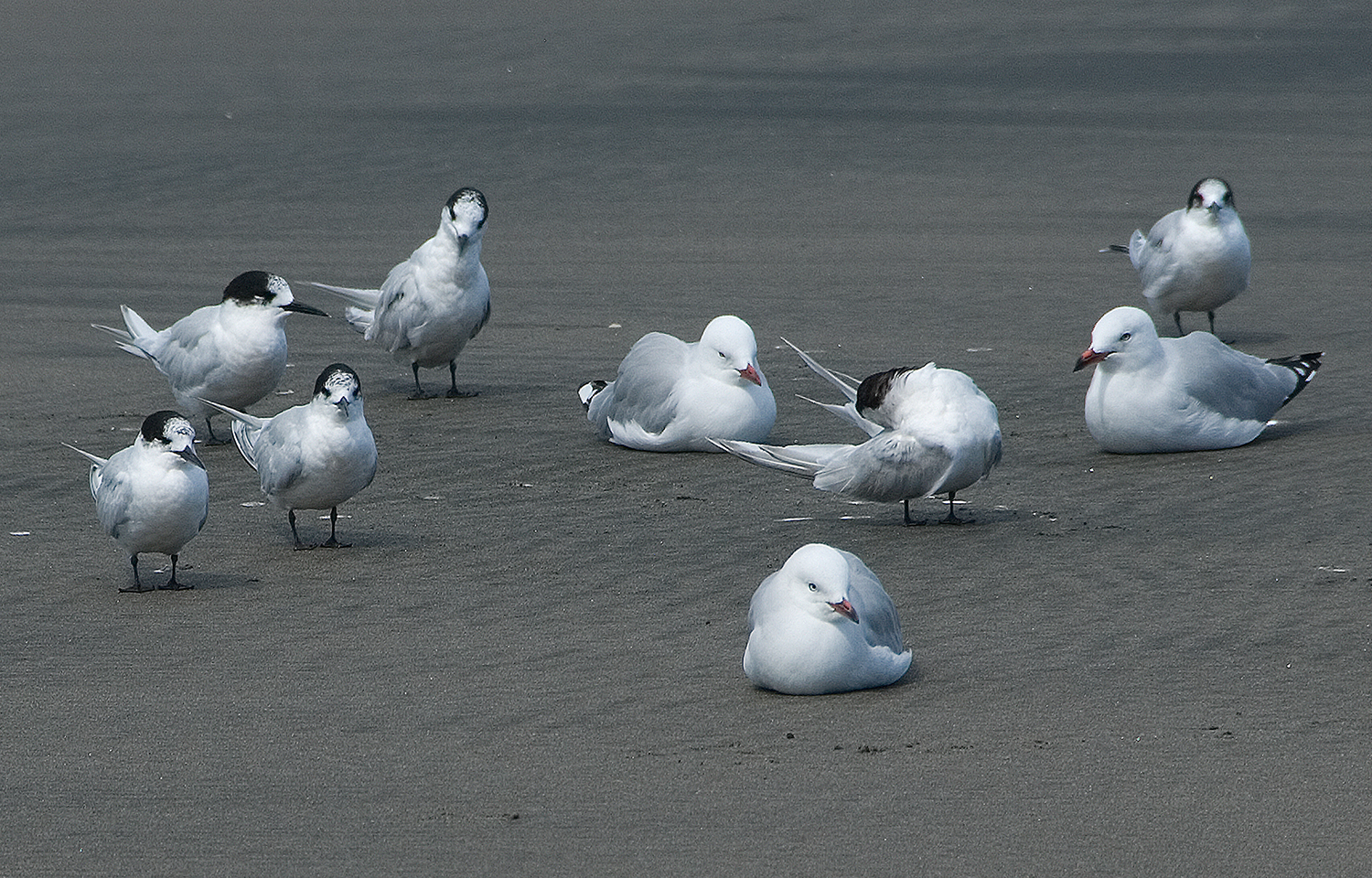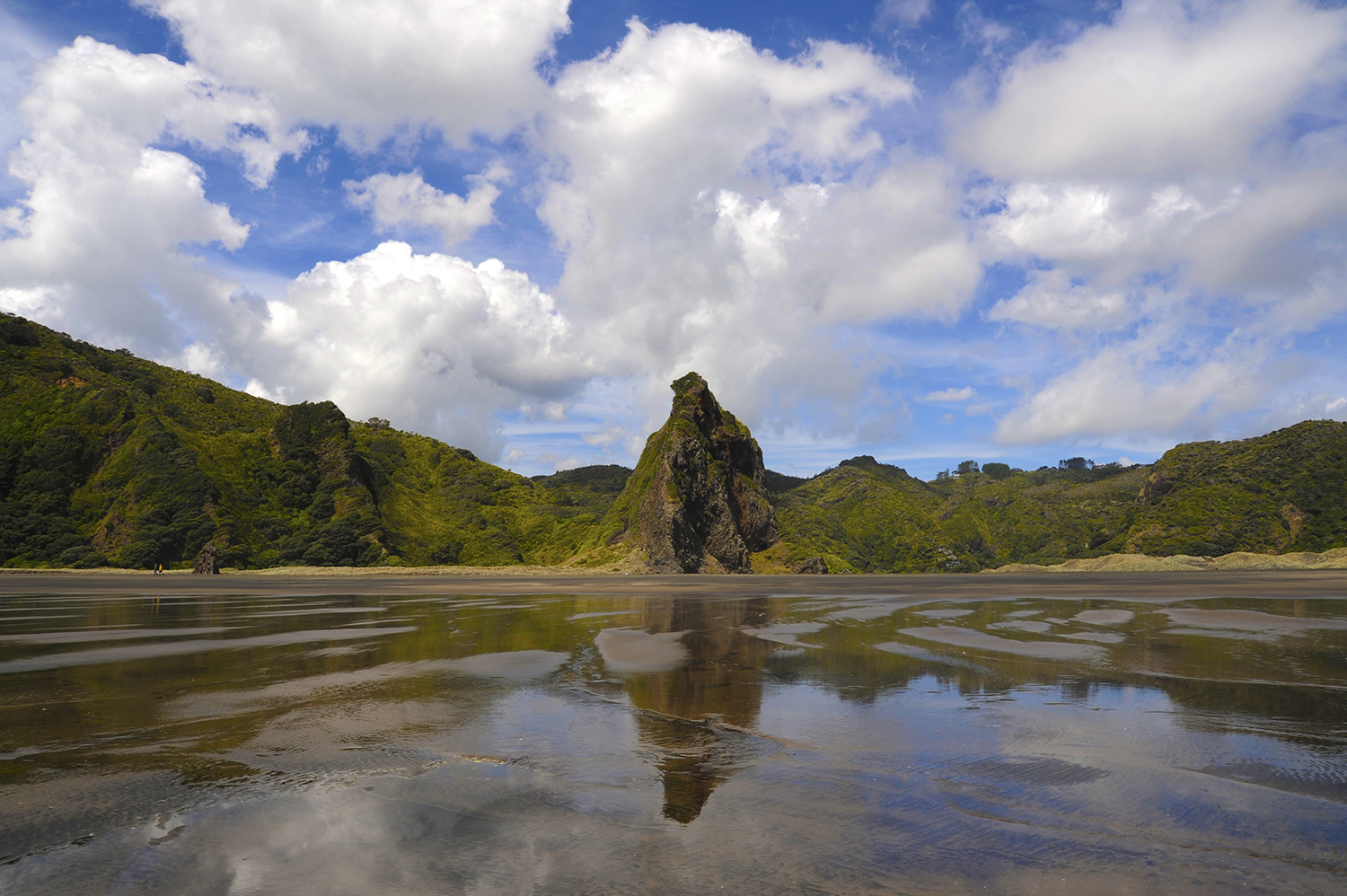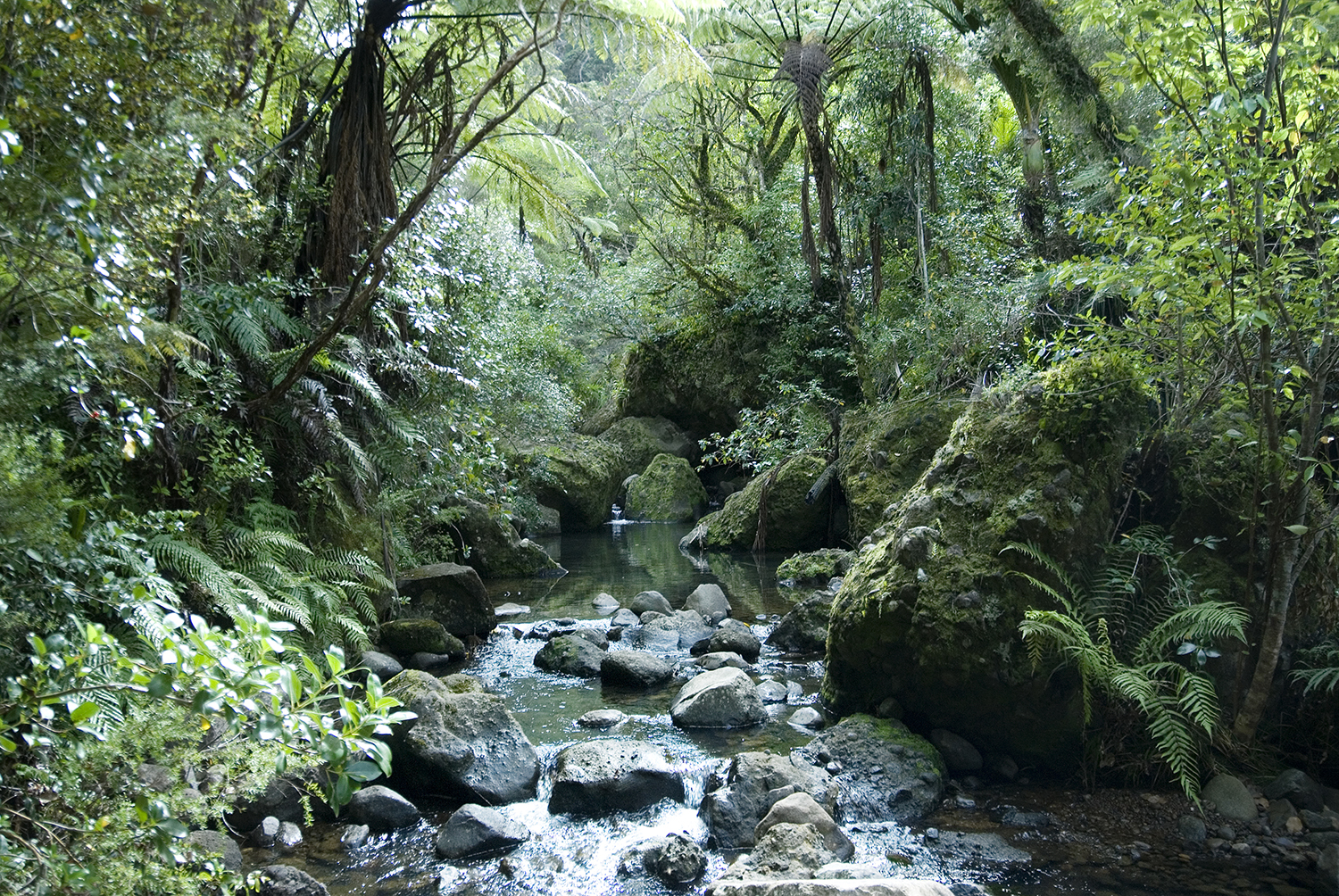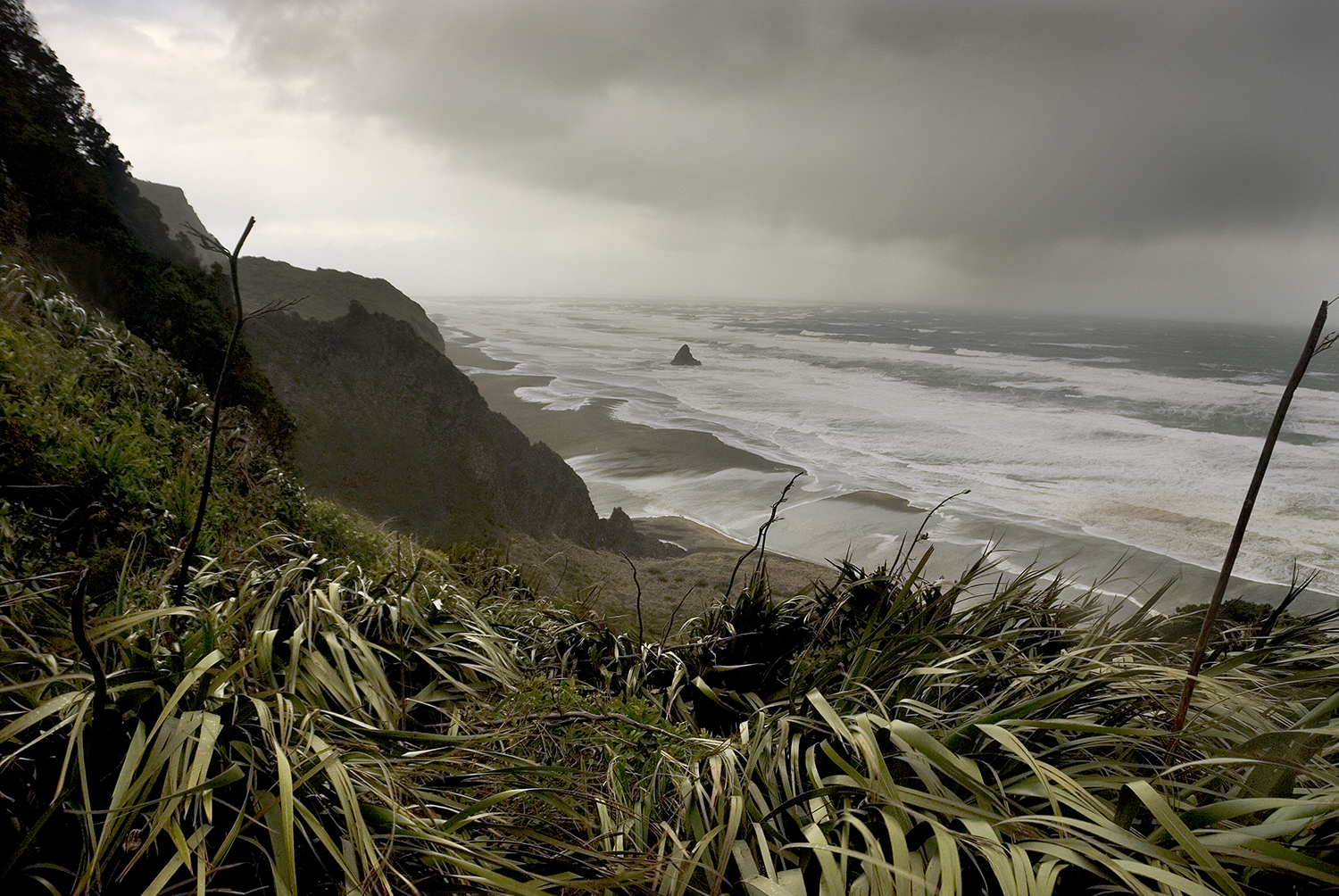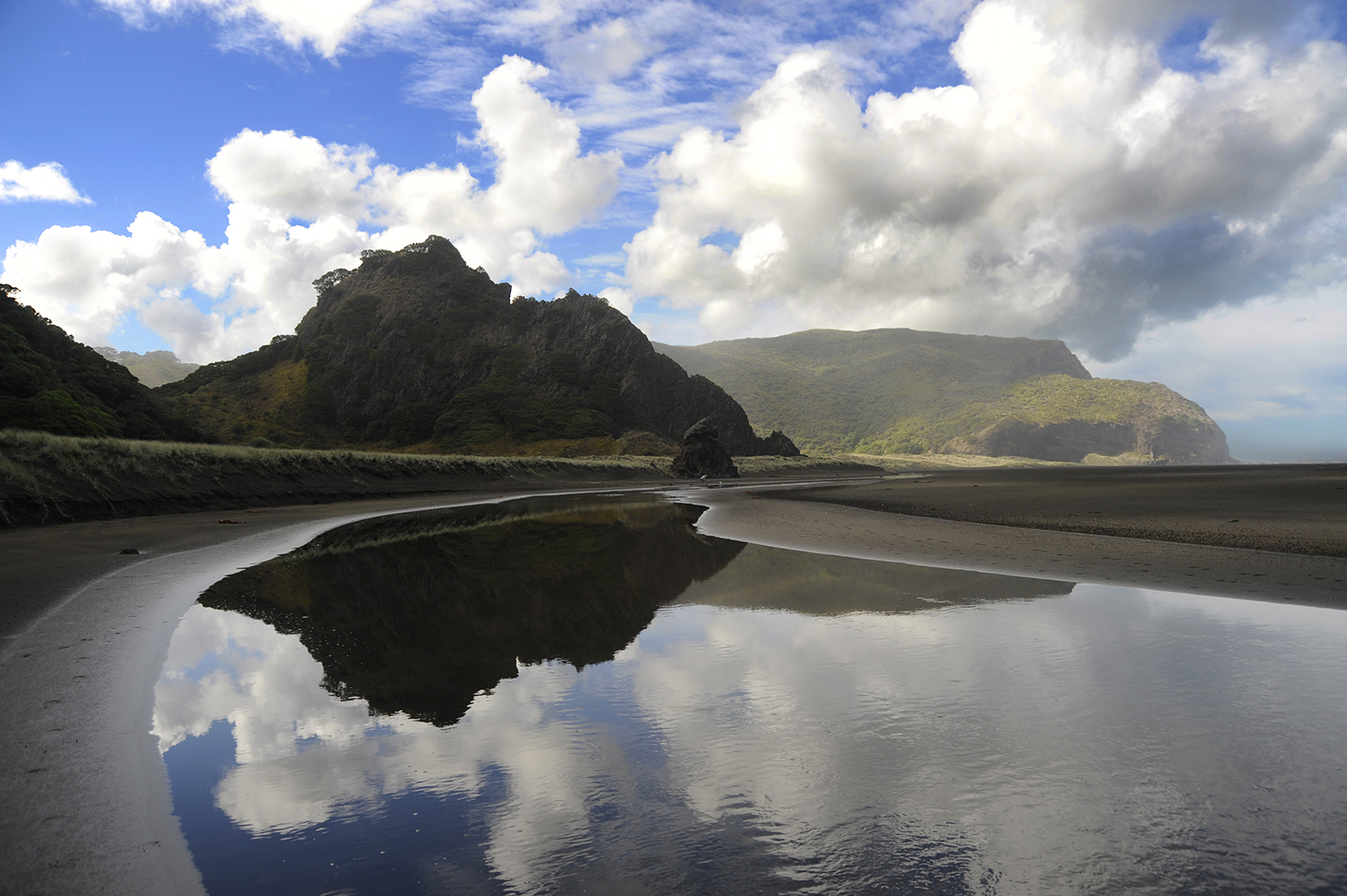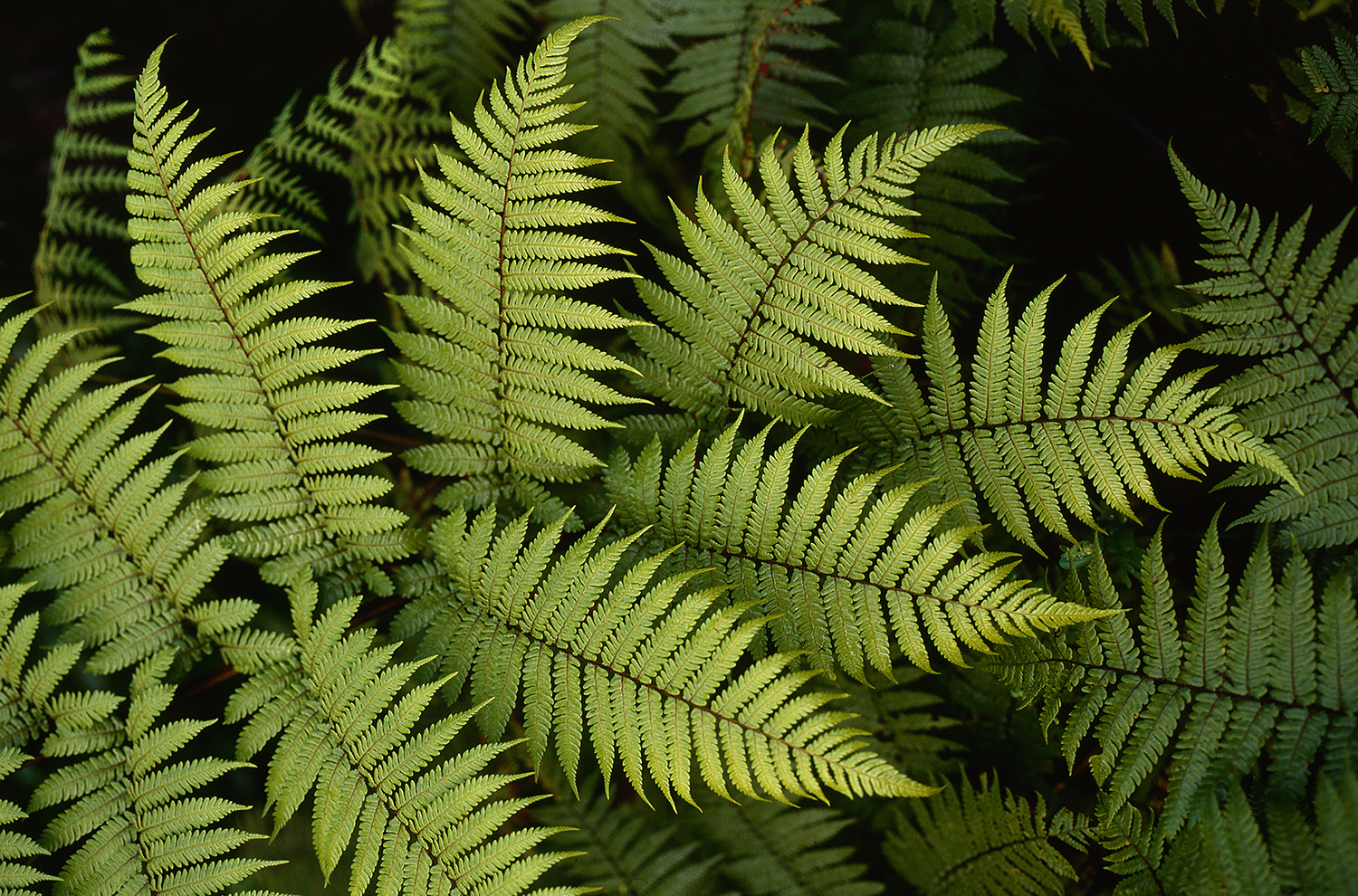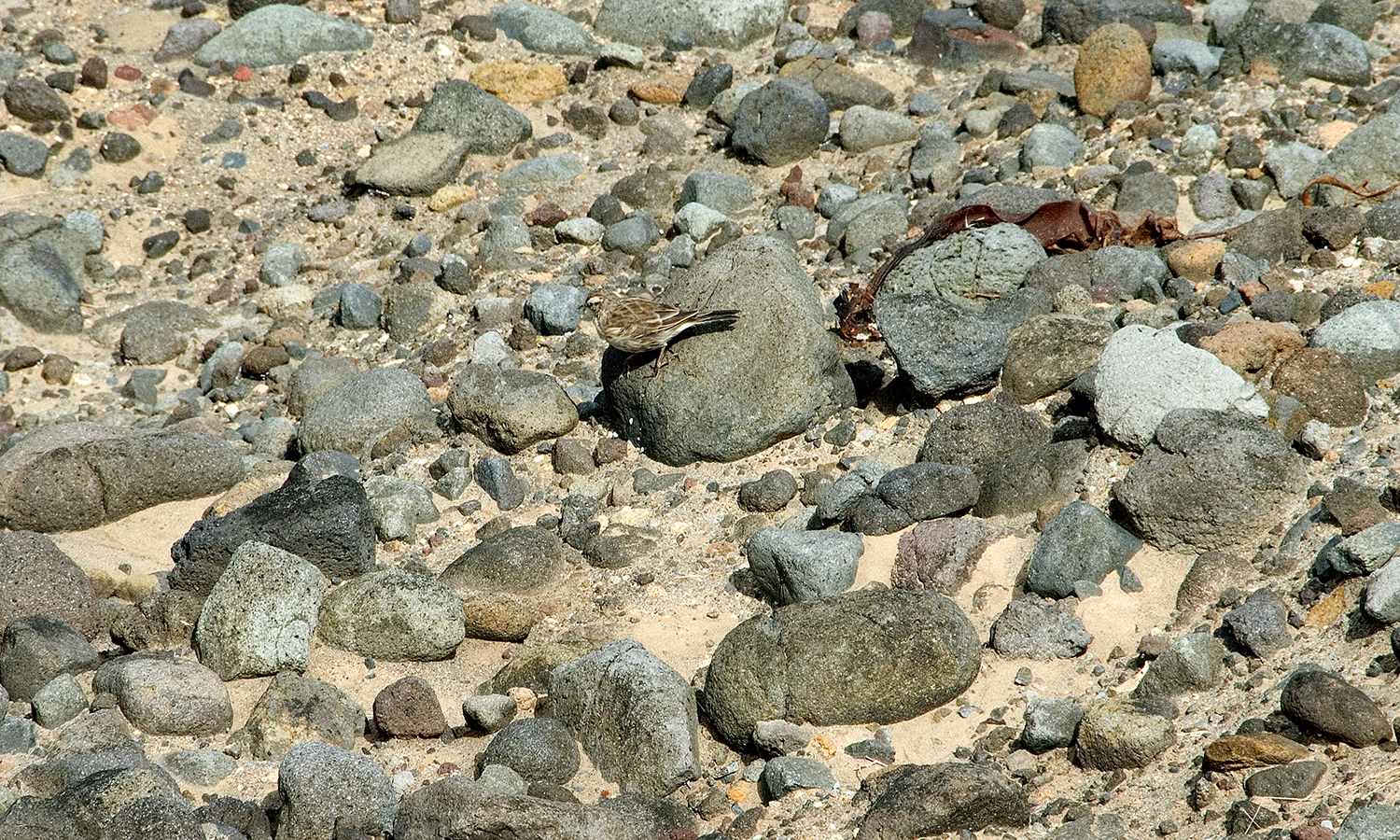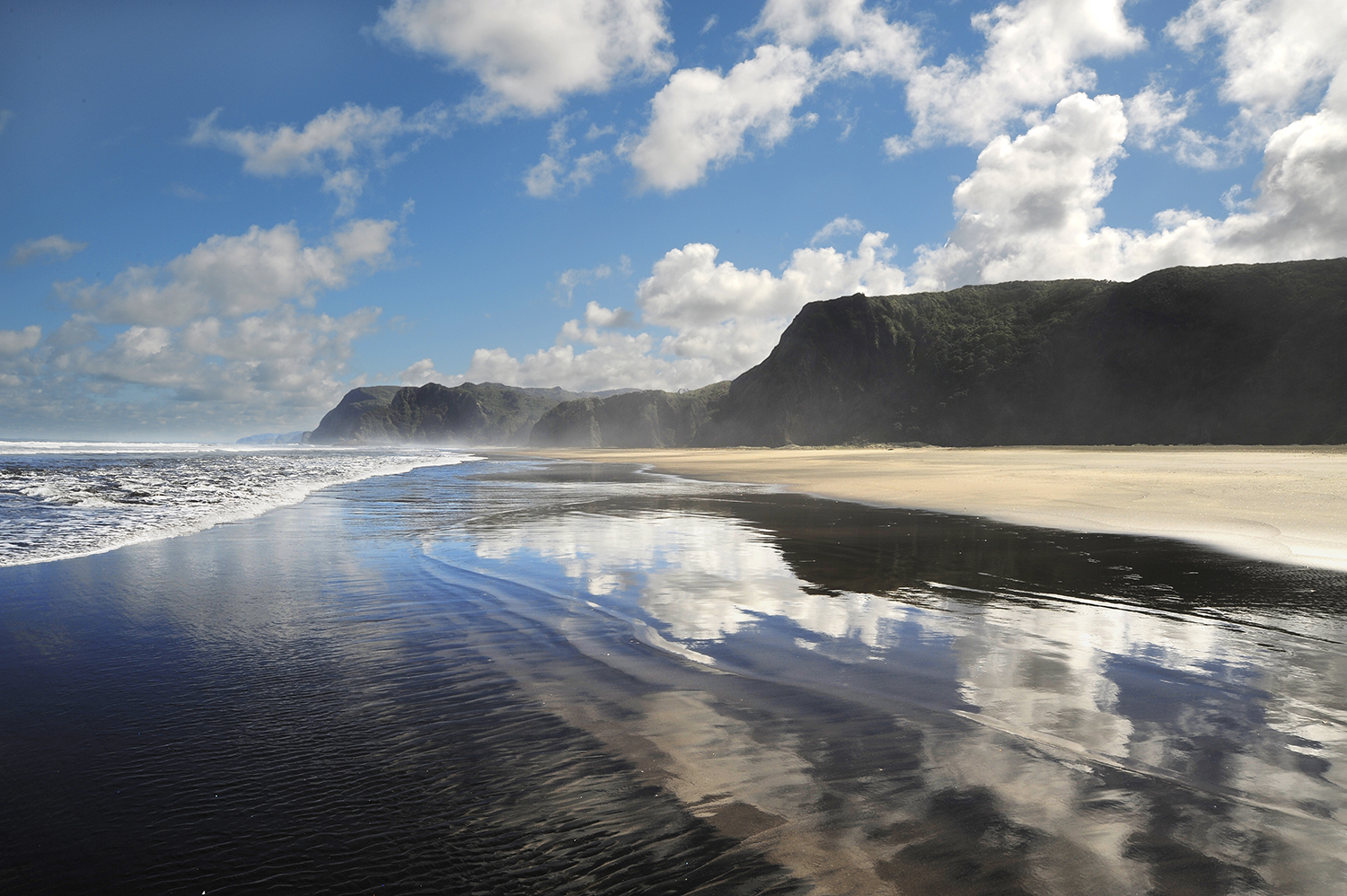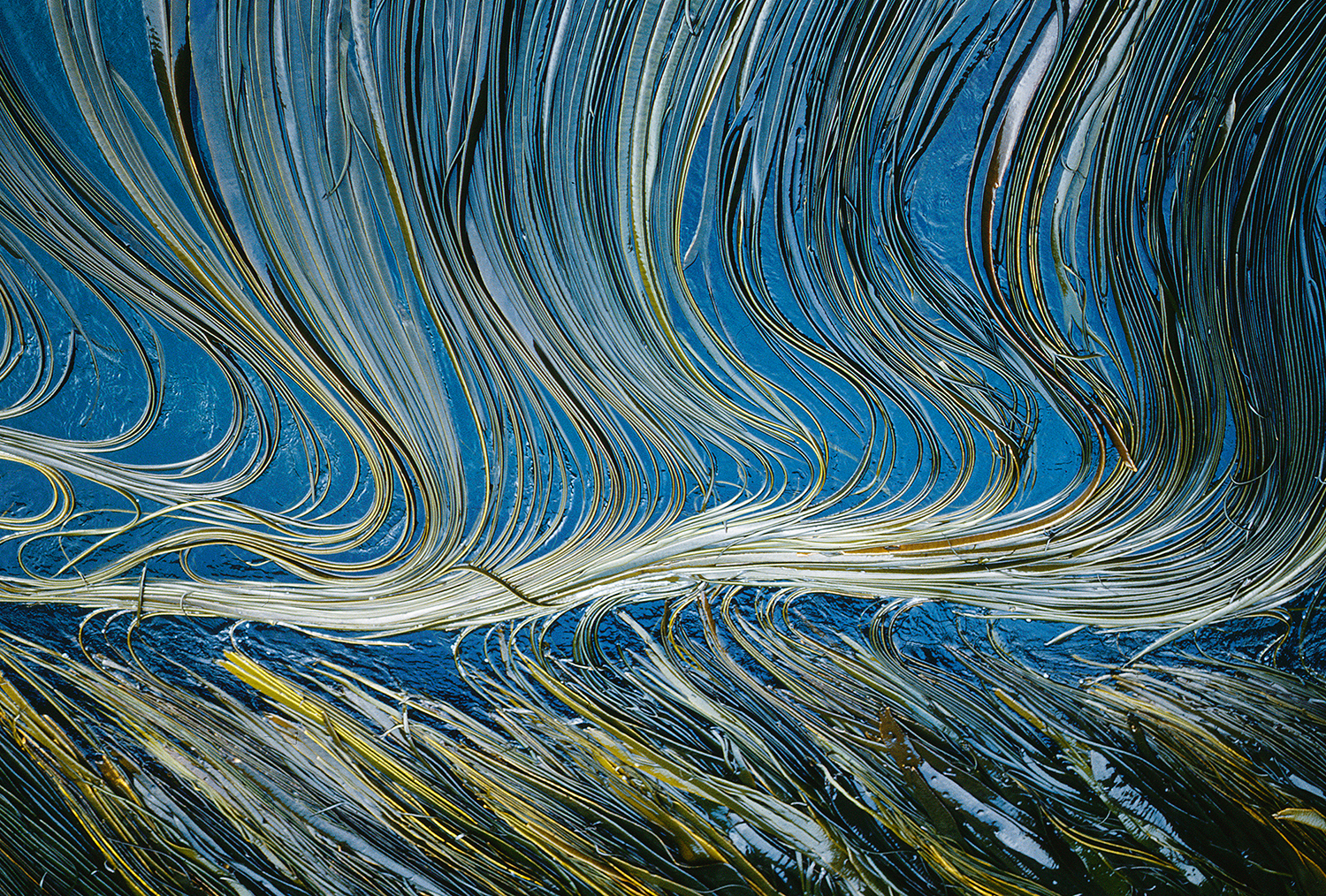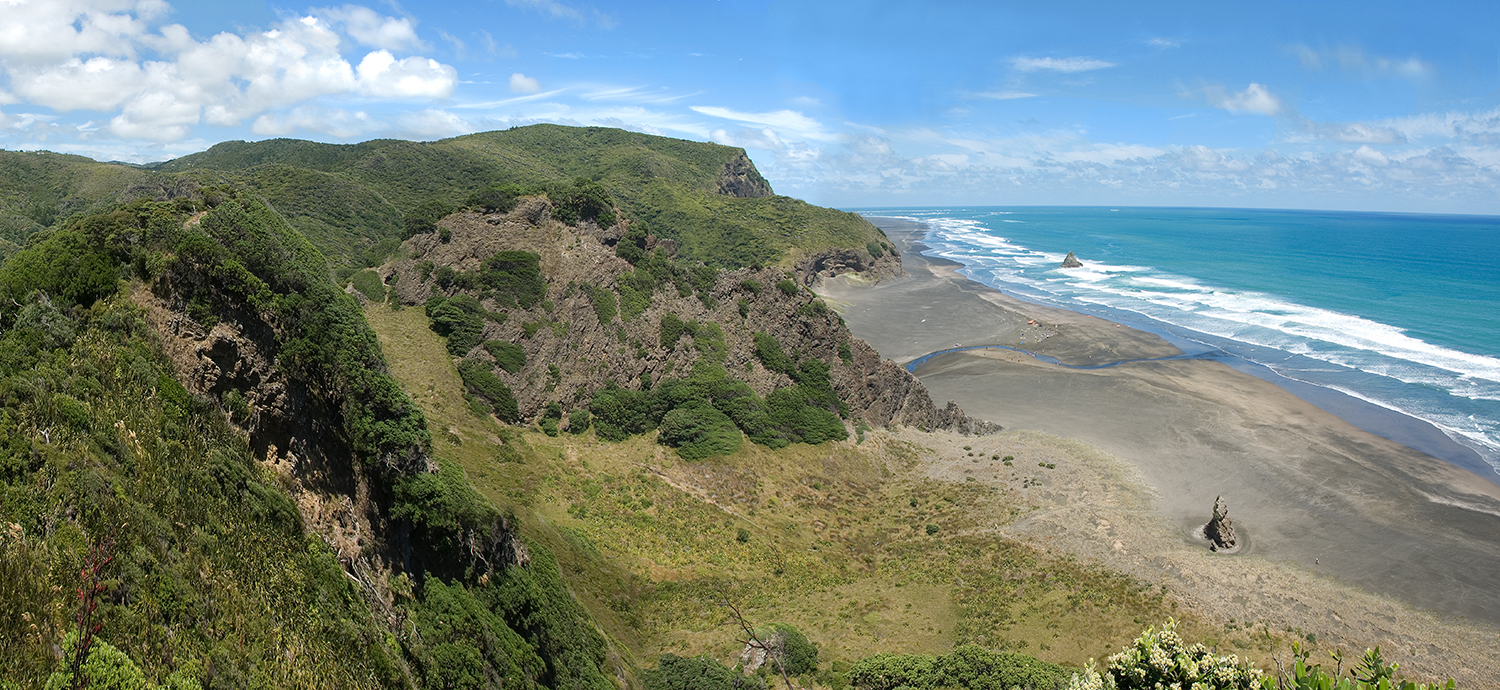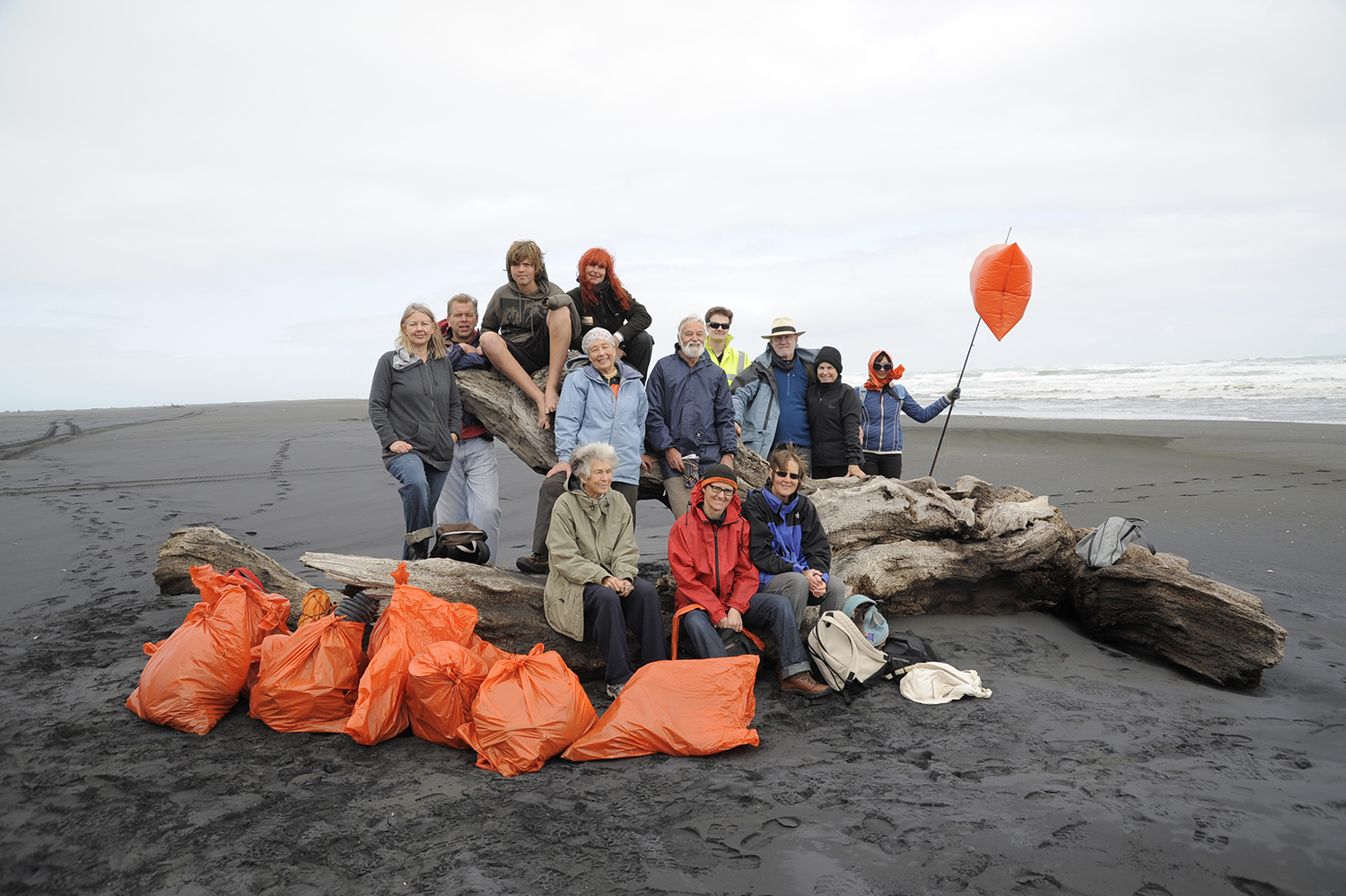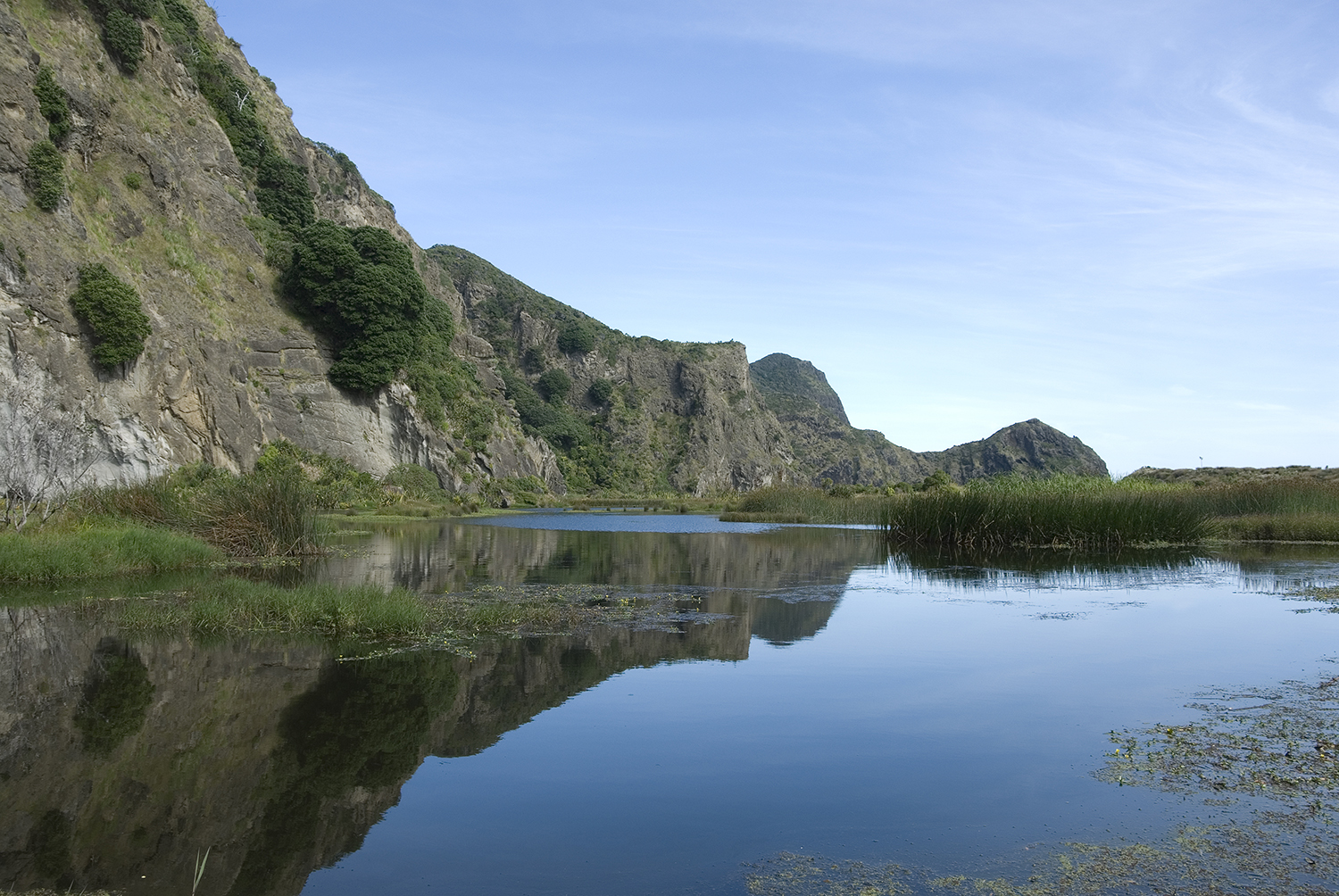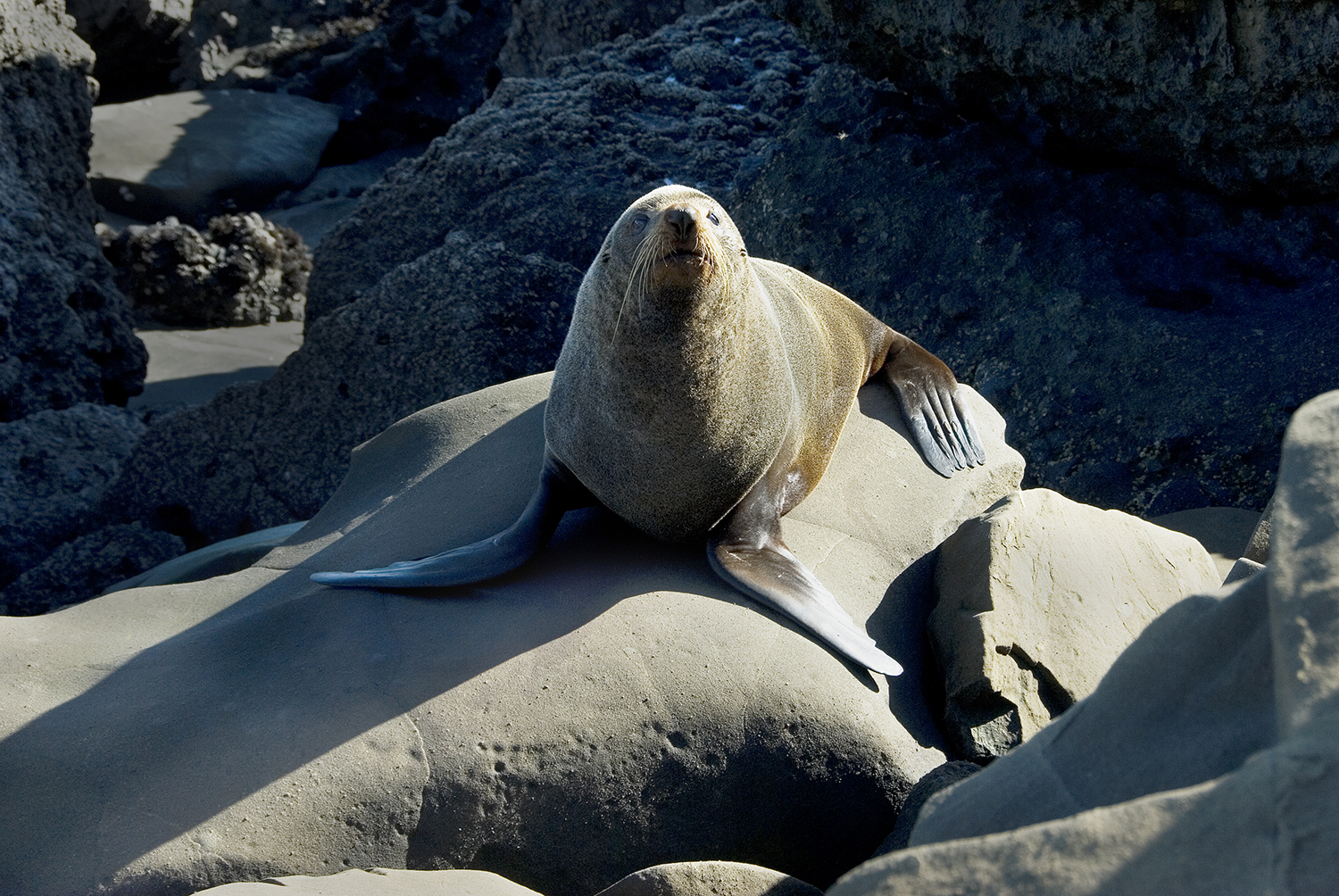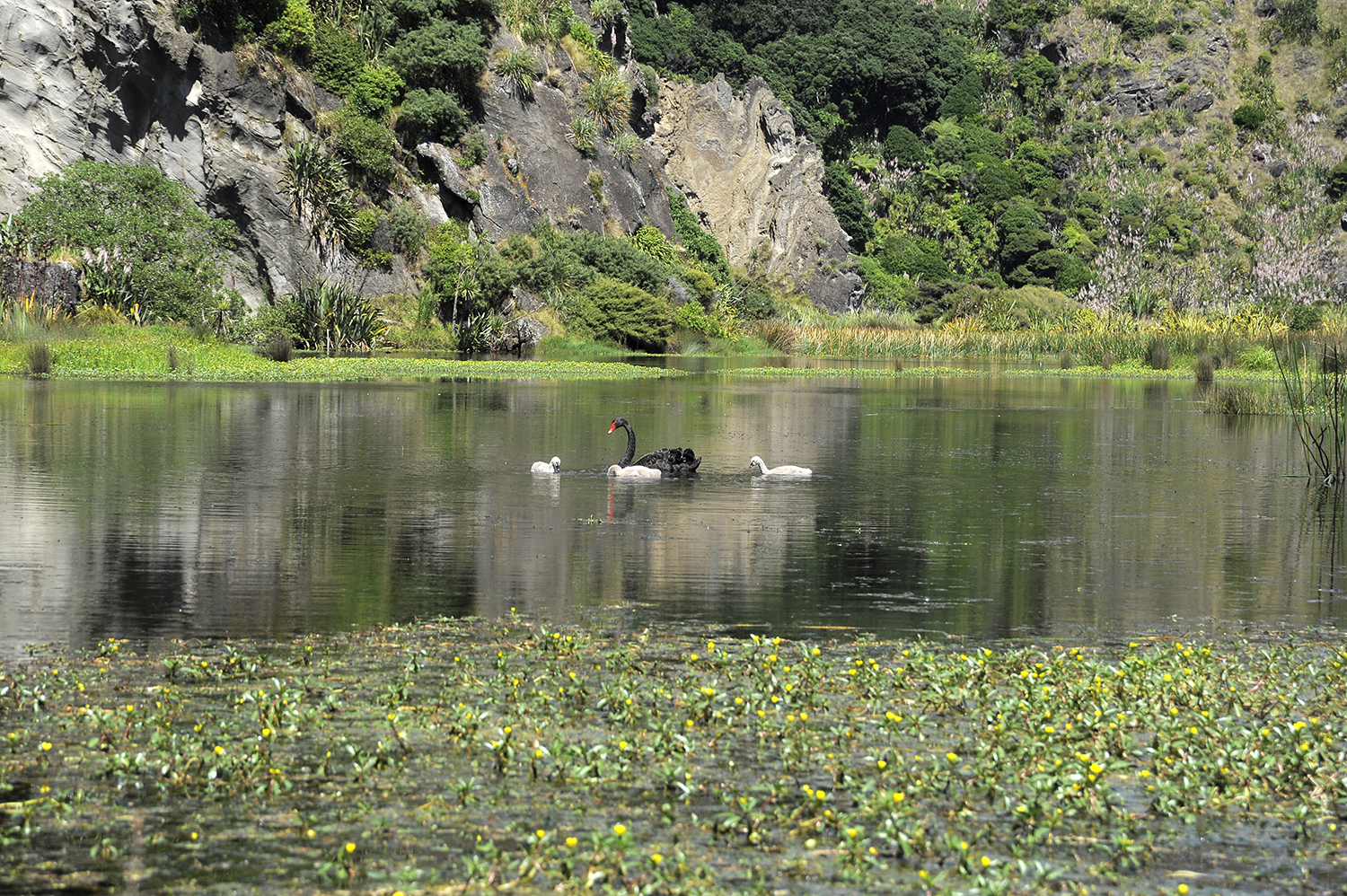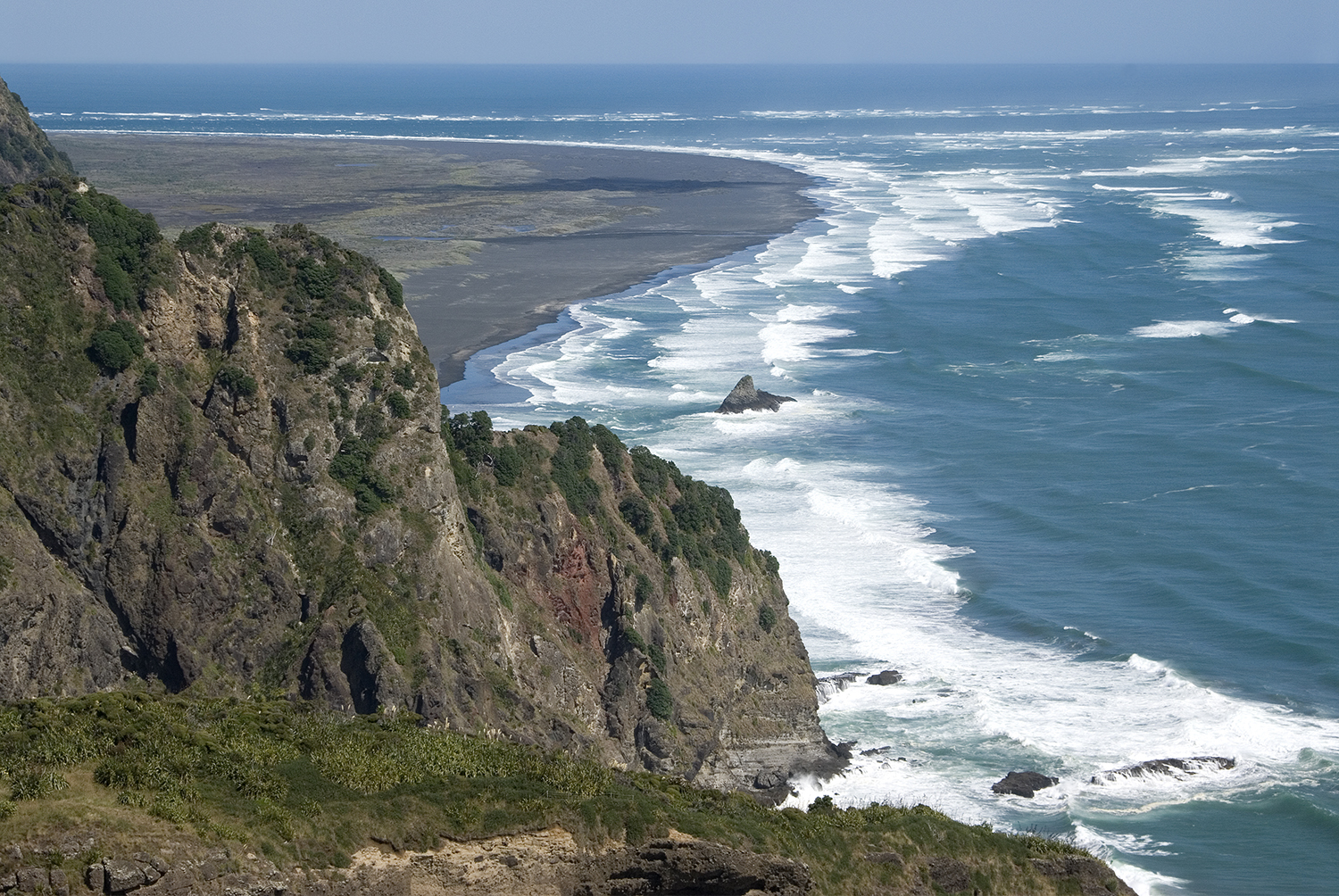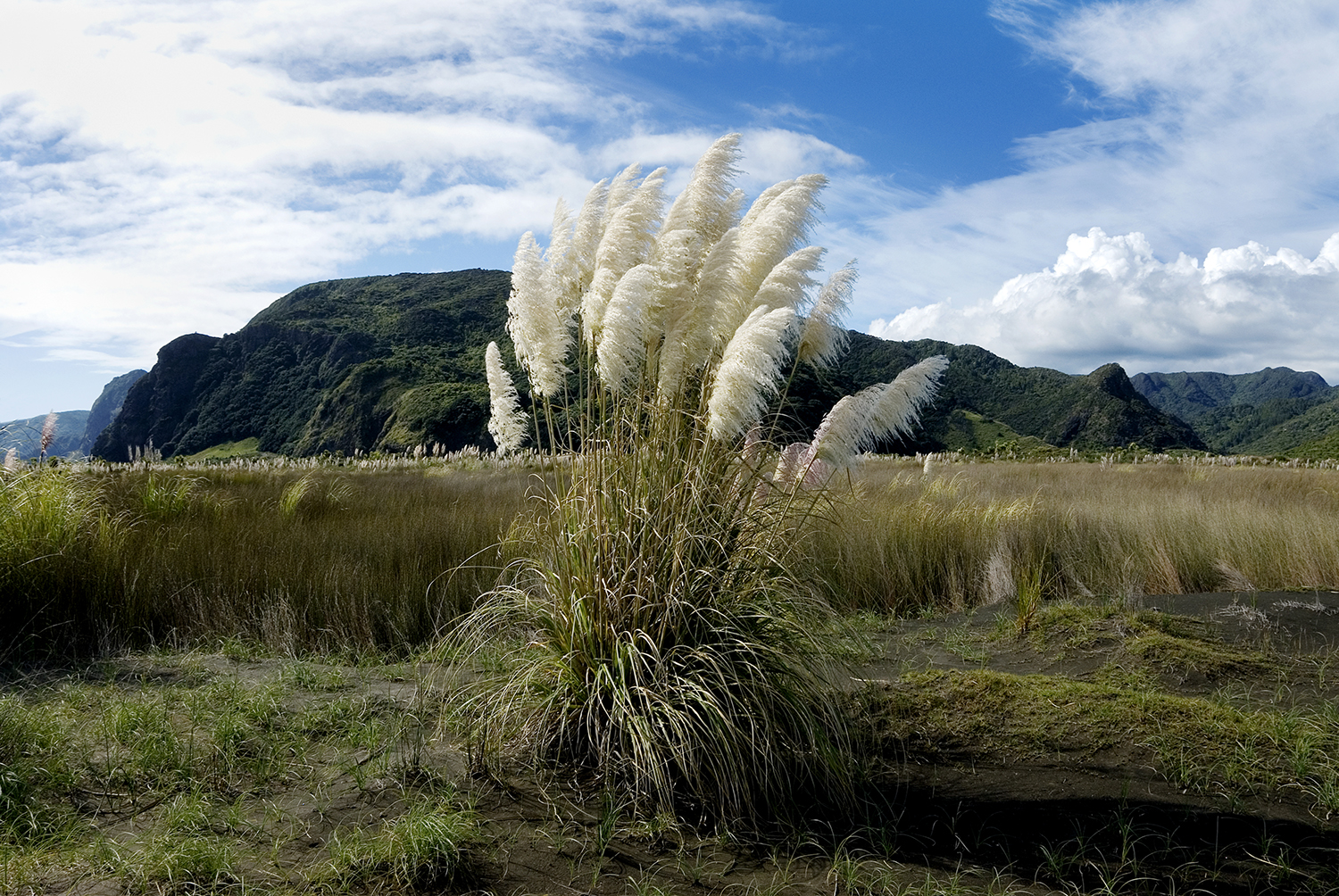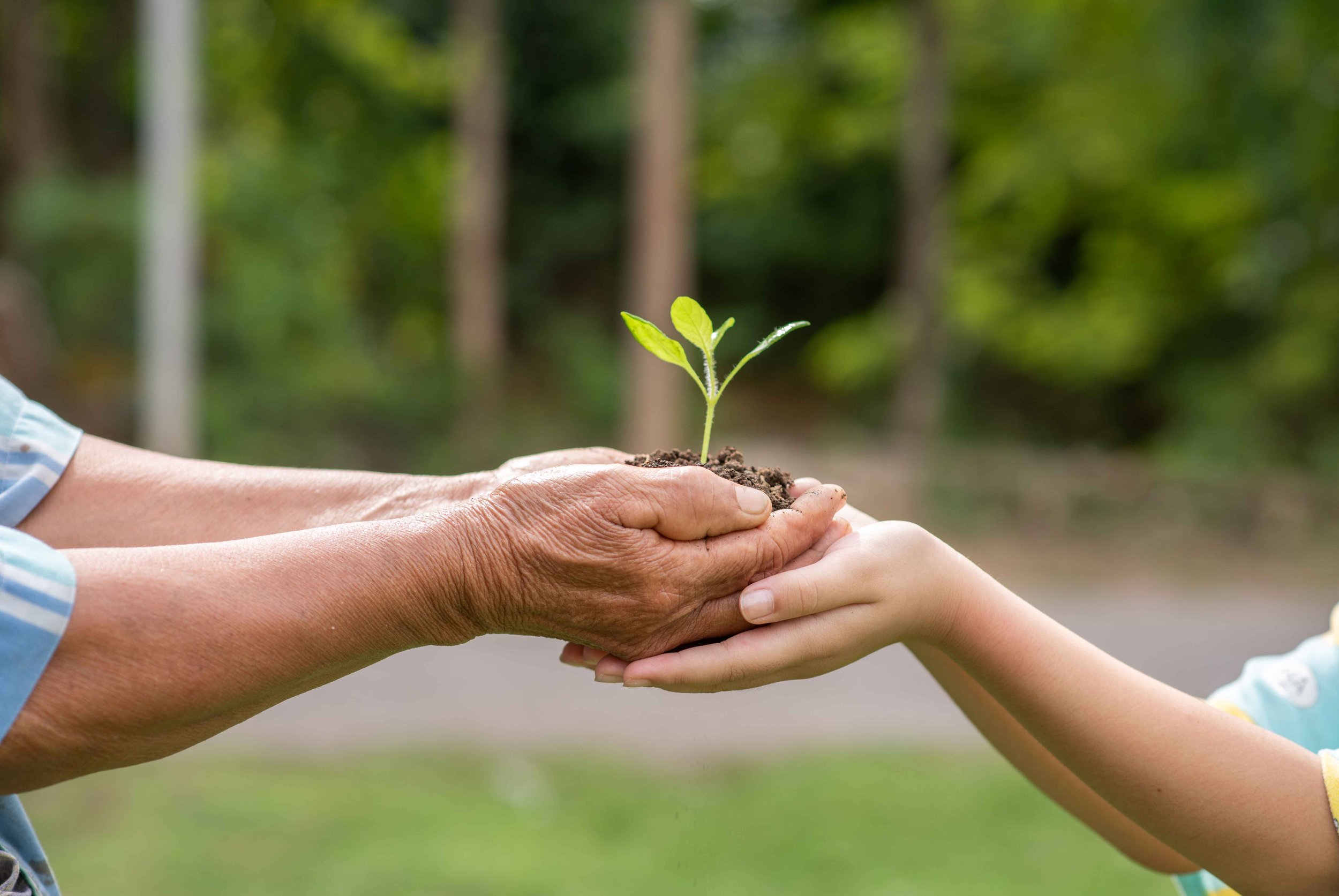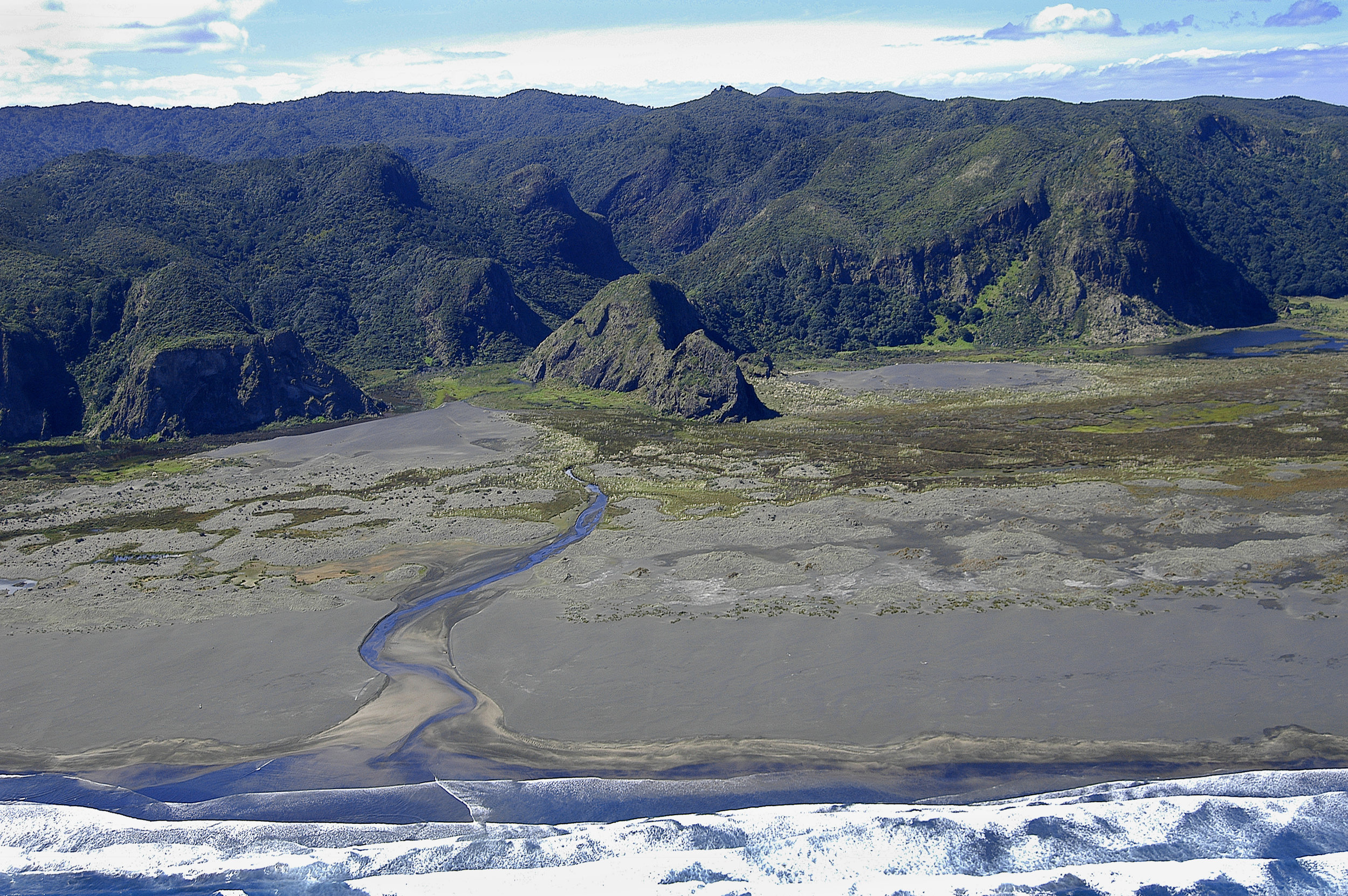
Mission
Together as a community of landowners, residents, volunteers, Iwi and organisations, we hope to protect the unique natural character and biodiversity of Karekare and its surrounding catchments.
Acknowledging the principles of Kaitiakitanga - guardianship and protection of the land, we believe in the ideal of only providing what nature needs to heal itself.
Through sufficient resourcing and provision of advice relating to biodiversity protection and biosecurity control, we aspire to encourage nature to return to a self-sustaining stable state.
Aspirations
#1 Breeding Kokako, Kaka and NZ Robin
#2 NATURAL regeneration of the native understorey
#3 Thriving wetland habitats where fernbird and bittern are common
#4 A healthy wader population and diverse dune habitat
#5 Stable breeding populations of seabirds
#6 Protection of uninfected kauri STANDS and Isolation of Kauri Dieback
#7 Eradication of Total control pest plants
#8 A resilient network of neighbourhoods that work together to enhance Waitakere Biodiversity
The Karekare ecosystem
Taraire Forest and Tawa forest
Mature taraire forest (WF9) is our most significant remnant plant community in the catchment, occupying many gullies they have remained largely untouched.
Prized for its wood, the natural extent of tawa forest has been significantly reduced since European occupation. Today the Tawa forest that does exist around Karekare is in its very early stages of succession occasionally occupying the upper slopes of some catchments.
From the same genus, both Taraire and Tawa and their associated plant communities provide an abundance of food for native fauna and pests alike during the warmer months.
Kauri RICKER & Kauri, PODOCARP, broadleaved forest
Kauri takes two forms in the Karekare catchment; either comprising of dense stands of Ricker (WF10.2) or sparsely spread amongst other emergent, popocarp/broadleaved and sub canopy species (WF11).
Prior to its meticulous logging, Kauri was the dominant forest type north of Raglan. Today few mature individuals exist in the Waitakeres, instead younger stands of ricker occupy many ridge lines.
The pathogen Phytophthora agathidicida (PTA or Kauri Dieback), a water mould, is a considerable threat to the survival of Kauri and its associated communities.
REGNERATING scrub
Regenerating scrub comes as three distinct plant communities in the Karekare catchment. Kanuka dominated (VS2), Kanuka and Manuka mixed (VS3) and Broadleaved regenerating scrub (VS5).
Often over looked for its ecological value, controlling target predators. browsers and pest weeds in regenerating scrub is highly valuable, given that it is shown to provide exceptional resources for roosting passerines, native lizards and invertebrates and many threatened endemic plants.
COASTAL BROADLEAVED FOREST AND CLIFF VEGETATION
Pohutukawa and other species of Metrosideros provide great contrasting colour during warm months amongst a diverse community of other salt tolerant broadleaved trees and shrubs. As this coastal broadleaved forest (WF4) approaches the spectacular cliffs surrounding Karekare, vegetation more suited to the steep gradients and shallow soils such as harakeke, muehlenbeckia and pohutukawa are shaped by the sometimes fierce wind conditions.
Both of these plant communities support a great diversity of native fauna and flora. Coastal broadleaved forest provides a food source year round and significant populations of grey face petrel and little blue penguin nest on and along the cliff margins. The rocky escarpment and volcanic outcrops are also home to resident seals.
DUNES, COASTAL WETLANDS AND SALINE VEGETATION
The southwesterly swell from the southern ocean moves and deposits vast quantities of black iron sand as currents flow north. In recent times this dynamic process has resulted in huge deposits of sand from Whatipu north creating dunes which are quickly colonised by exotic Maram grass and Lupin as well as native spinifex and pingao. Between Whatipu and Unions Bay the ever growing fore-dunes, block and divert freshwater creating stunning back dune wetlands and saline communities dominated by Oioi, Machaerina sedges and Raupo.
The wetland and back dunes support populations including exotic waterfowl and many threatened native wetland species including fernbird and Australasian bittern. On the foredunes and along the coastal edge you will find NZ dotterel and pipit, species of tern and waders, visiting seabirds and black back gulls.
PASTURE AND HOME
Early felling of Kauri in the Waitakeres followed by the clearing of land for agriculture has significantly shaped the Karekare Catchments.
While some pasture remains today most of the original farmed extent has returned back to scrub or young forest and subdivision has allowed for 200+ dwellings at Karekare.
Living within the Waitakere heritage area, brings with it a responsibility to ensure we adequately mitigate any adverse affects human occupation might have on the surrounding regional park.
Our story
THE La trobe FOREST MAINLAND ISLAND PROJECT
Spearheaded by Peter and Jean King, the La Trobe forest mainland island project came into existence in 1998 with the establishment of a large bait station, trap and monitoring network within the catchments immediately surrounding La Trobe track. The primary purpose of this project is to assess the impact pest control has on a variety of ecosystem variables. By monitoring the relationship between pest mammal abundance and native wildlife both within and outside of pest control areas, the La Trobe Forest Mainland Island Project provides further evidence of both the devastating effect mammalian predators have on distribution and density of native birds, insects and lizards and the effectiveness of different methods of pest control in maintaining and increasing native fauna populations.
Over the years, international and local volunteers, La trobe track residents and council staff have assisted the Kings with the project and Auckland Council (formerly Auckland Regional Council) have provided continued resources and support. Peter and Jean King still conduct pest control and monitoring in the project area and are a great source of knowledge for the community.
Lone Kauri FOREST Restoration GROUP
In 2000, Mike Nixon and a group of Karekare residents created a network of bait stations and traps extending across 500ha of private and public owned pasture, regenerating scrub, young kauri ricker and podocarp, broadleaved forests. Today the network consists of 700 bait stations and traps that cover much of the old lone kauri farm and a significant area of the surrounding regional park. Monitoring of both pest numbers and native fauna has been a important aspect of the work and in 2019 a new monitoring plan and network was created to better understand the effects of pest control operations.
In addition to pest mammalian operations, Lone Kauri forest restoration group also control invasive flora (weeds) across the Karekare catchments and organise beach clean ups.
It is difficult to estimate the number of people that have contributed to this project since its inception, a process which produces a lengthy list too long to mention here however their time and energy ensures the projects continued momentum in 2019.
Karekare Ratepayers and Auckland Council (formerly Auckland Regional Council) have continued to support and resource the group.
Karekare Landcare.org
In 2018, in order to increase awareness and celebrate the unique ecological values surrounding Karekare, the Karekare Landcare organisation was born. As an umbrella group, Karekare Landcare hopes to improve resourcing of existing projects and expand operations into the surrounding sub-catchments to improve habitat for native fauna and flora of the Waitakere Ranges. Working with Te Kawerau a Maki and Auckland Council, neighbouring conservation NGO’s and communities such as Ark in the Park, Pest Free Piha and Friends of Whatipu, we hope to contribute to an environment where knowledge and resources are shared and real community connections are made.
A Rahui placed by Te Kawerau a Maki and Auckland Councils closure of the forested extent of Waitakere Ranges regional park in 2017 in response to Kauri Dieback is respected by the Karekare community while authorities and experts conduct further research into the pathogen and essential upgrades are made to tracks to prevent further spread. We continue to operate where we can in accordance with our 2018 standard operating procedure and landscape plan (SOP).
Support us
Make a difference and donate to support our initiatives
This year, Karekare Landcare was lucky to receive a grant from Auckland Council, the Waitākere Ranges Local Board and the Trust Community Foundation.
We are now applying to other funders and hoping for donations. Please help us to help the local environment.
Donations can be made to Karekare Landcare Bank Account : # ASB 12-3039-0703946-52 Karekare Ratepayers and Residents Trust
Reference: Your Name
Details : Donation. Please give details if you wish to support a specific project.
If you wish to donate every year, please note “Annual Subs” in the details and we will contact you again next year! Thank you!
We will be happy to provide a receipt. If you need one, please email us at info@karekarelandcare.org »
Volunteer & Resources
—

